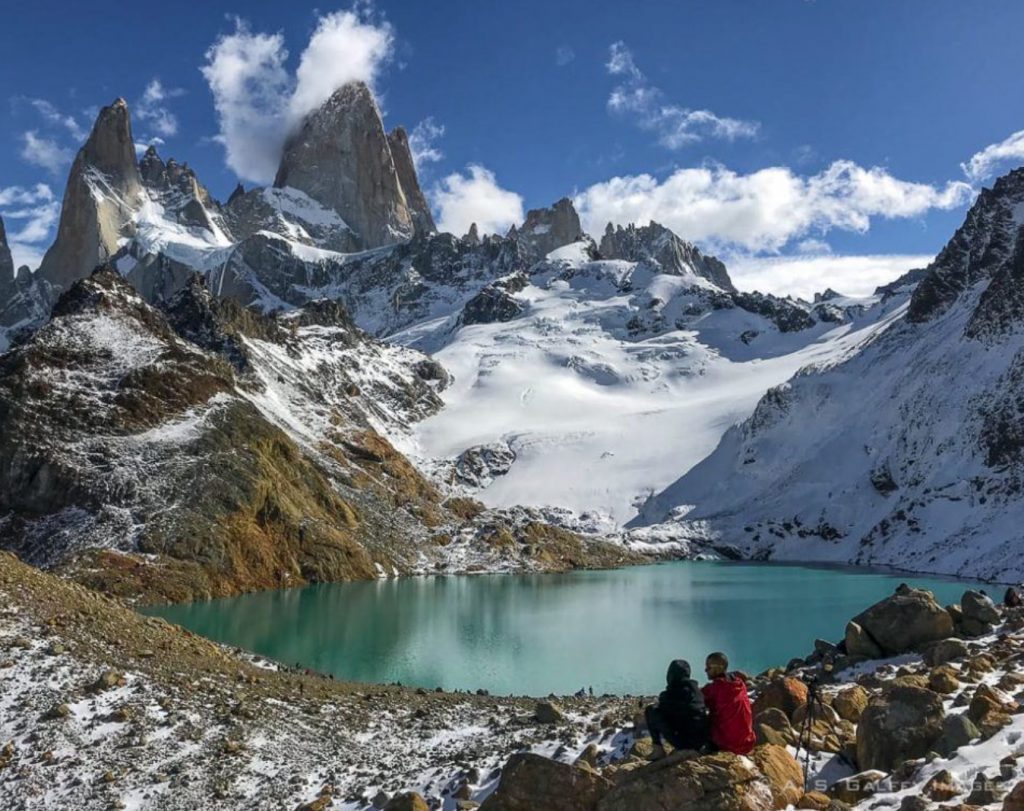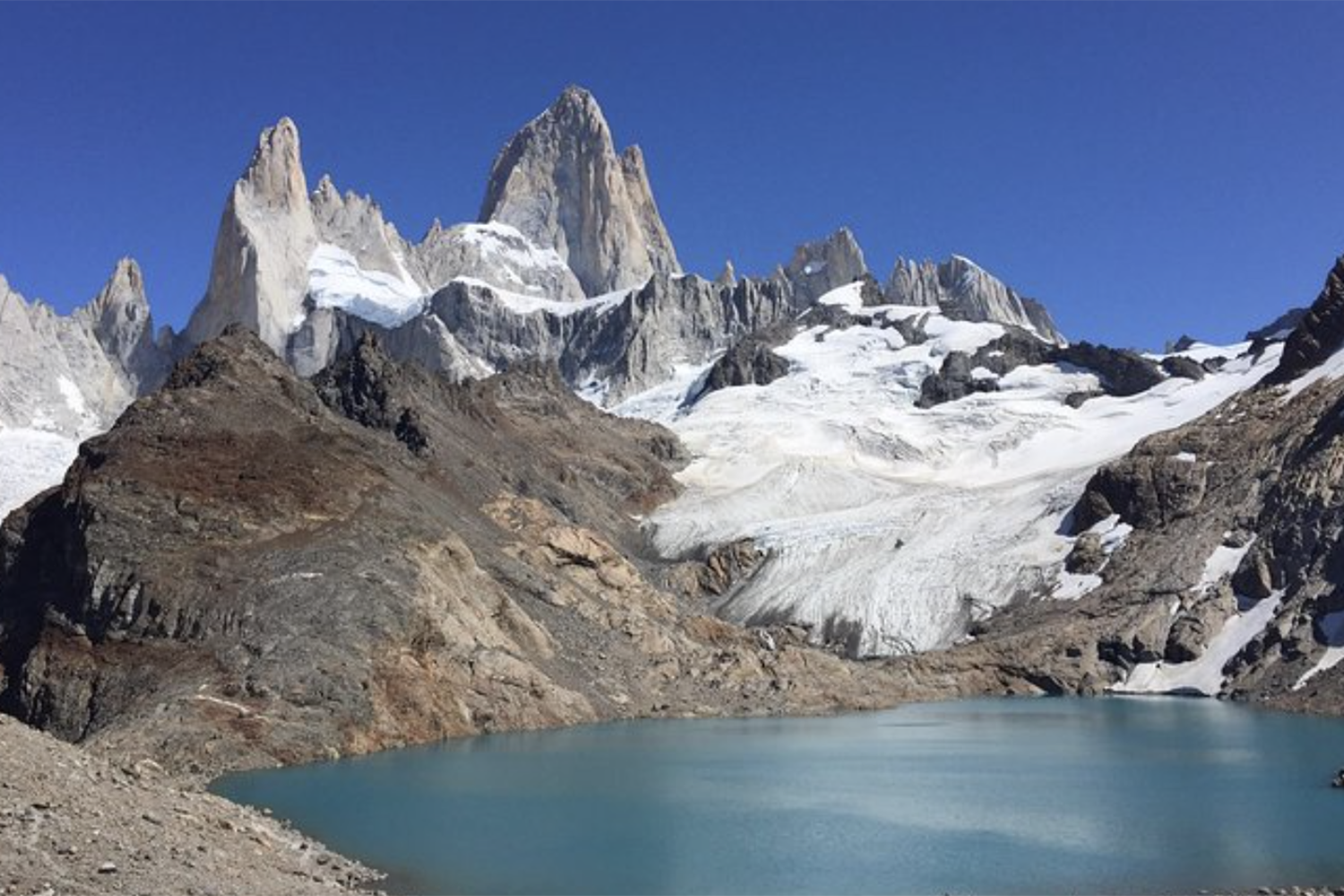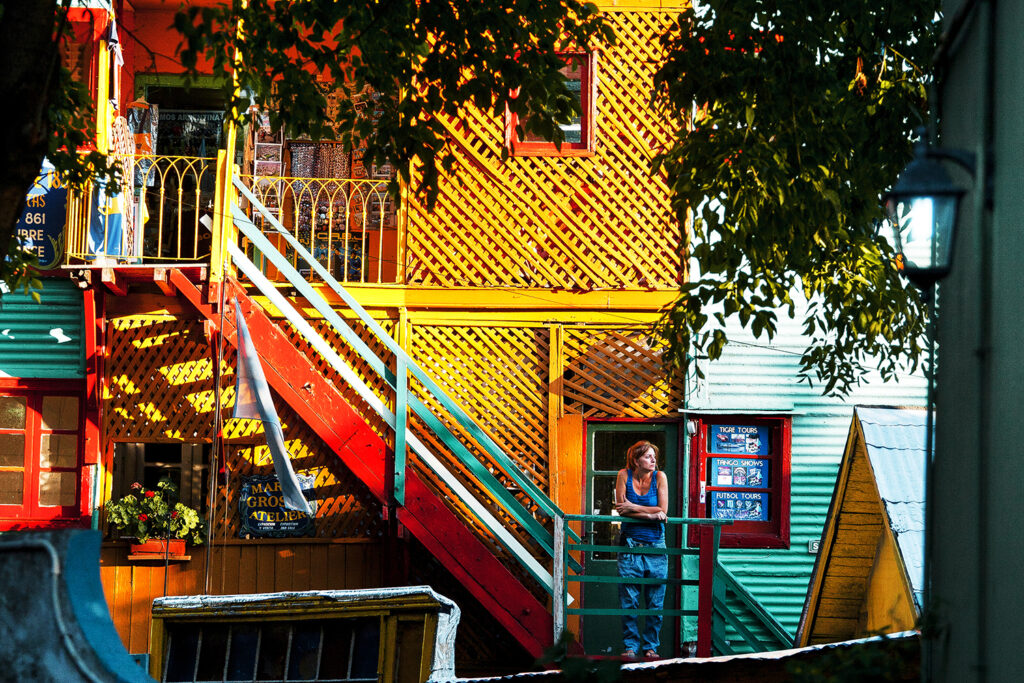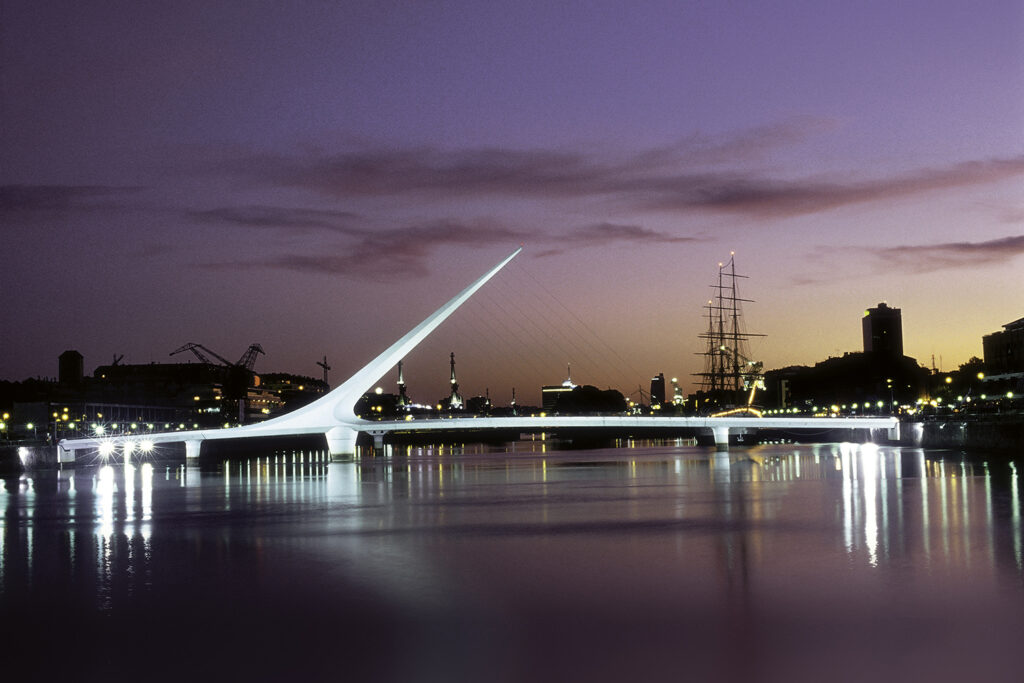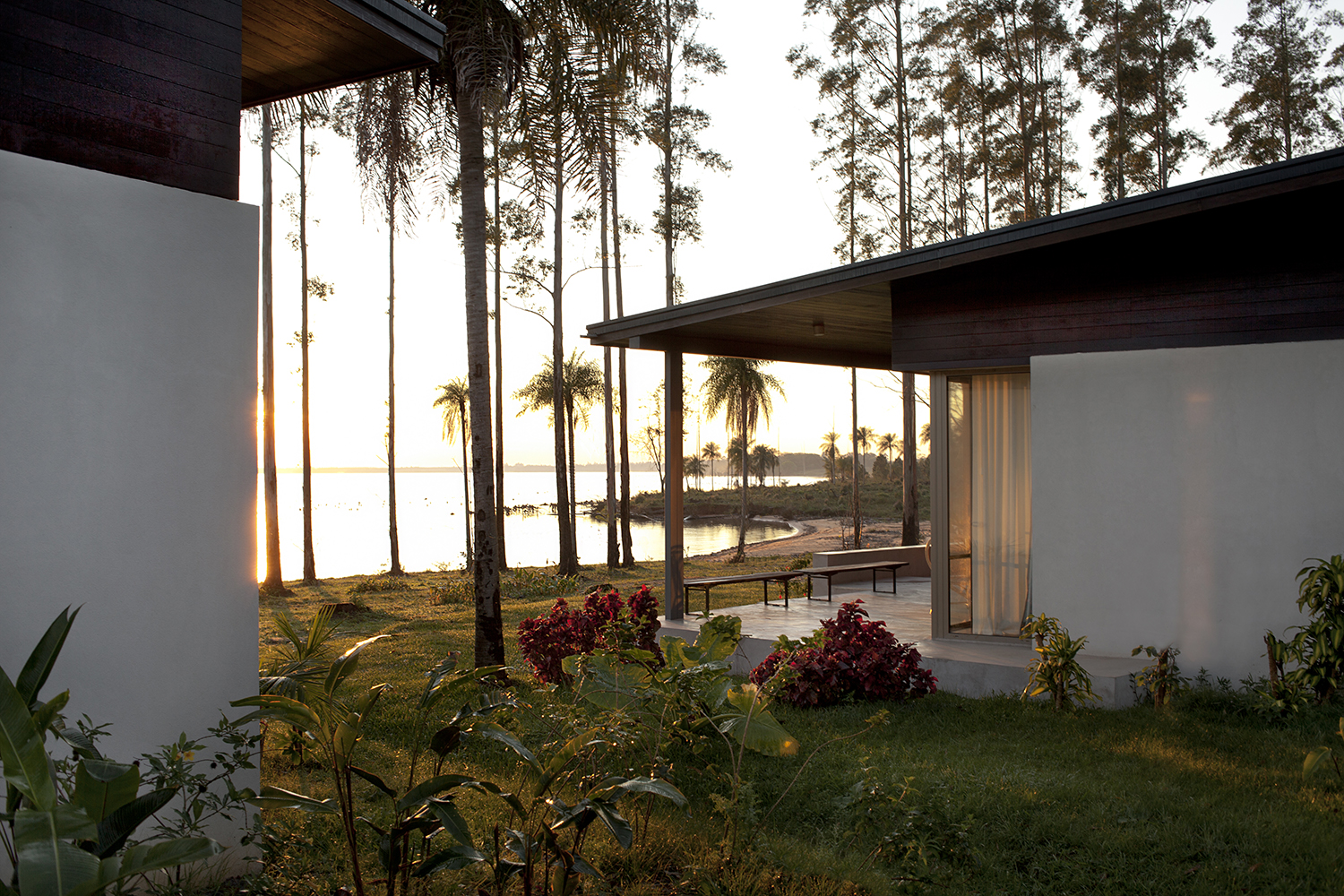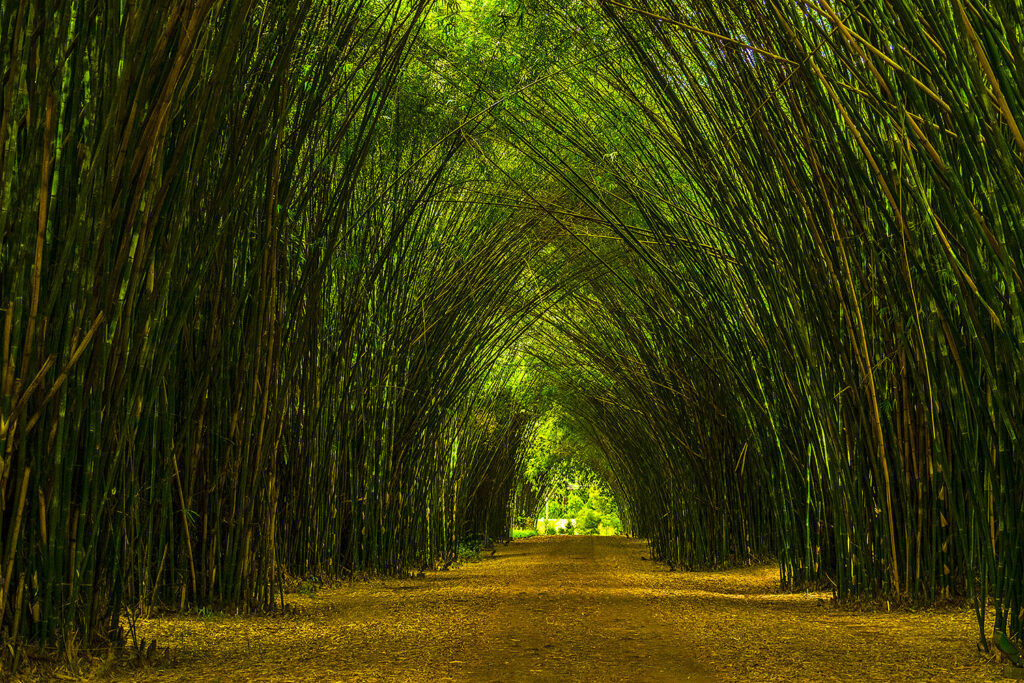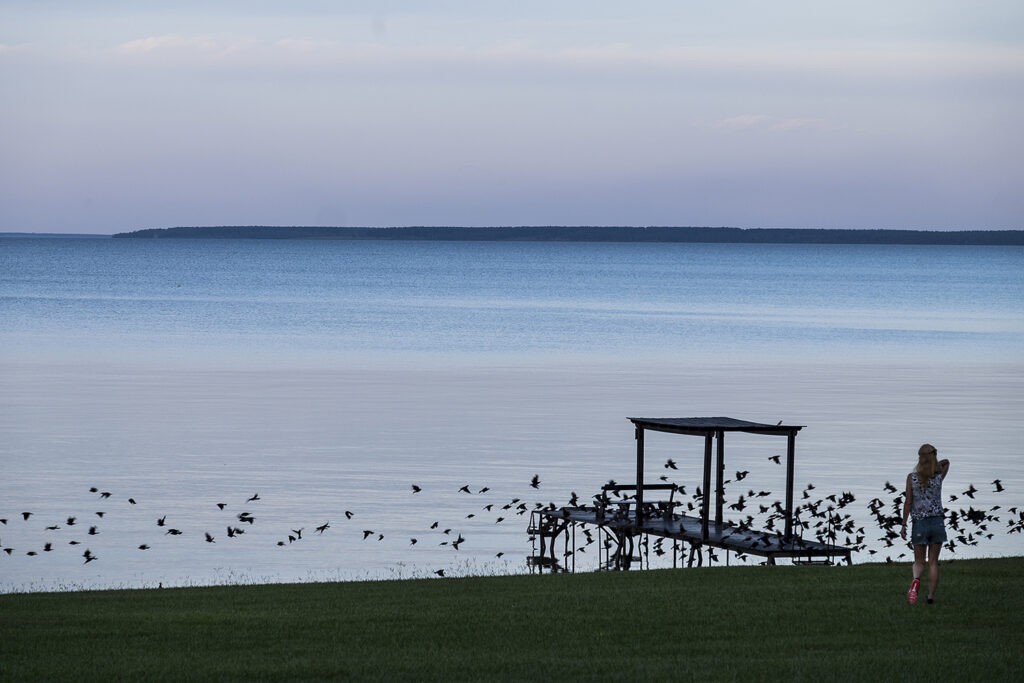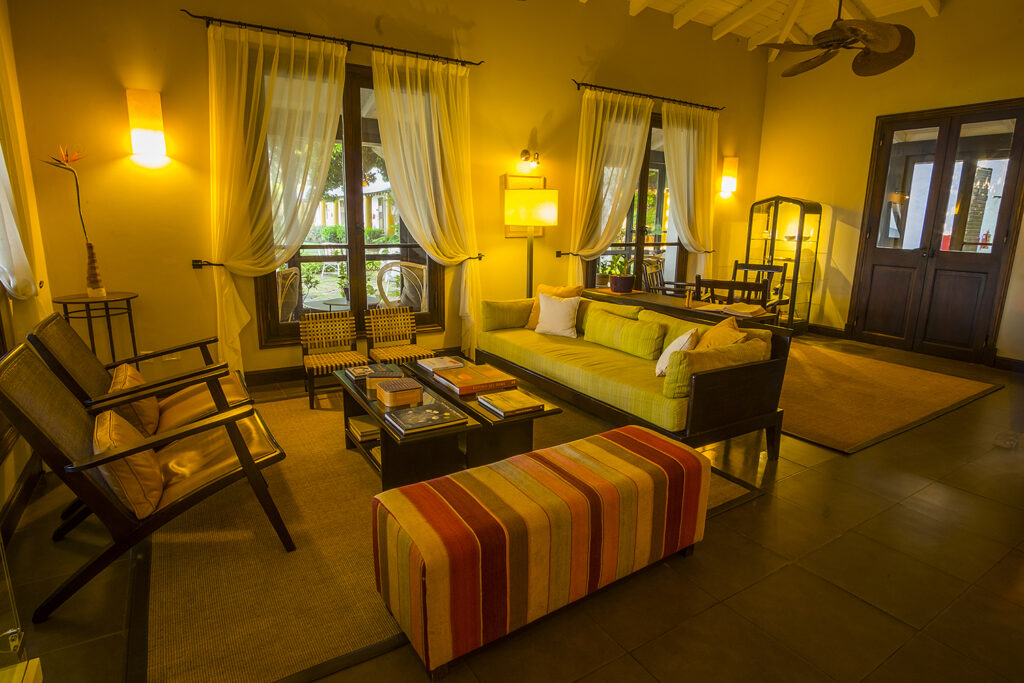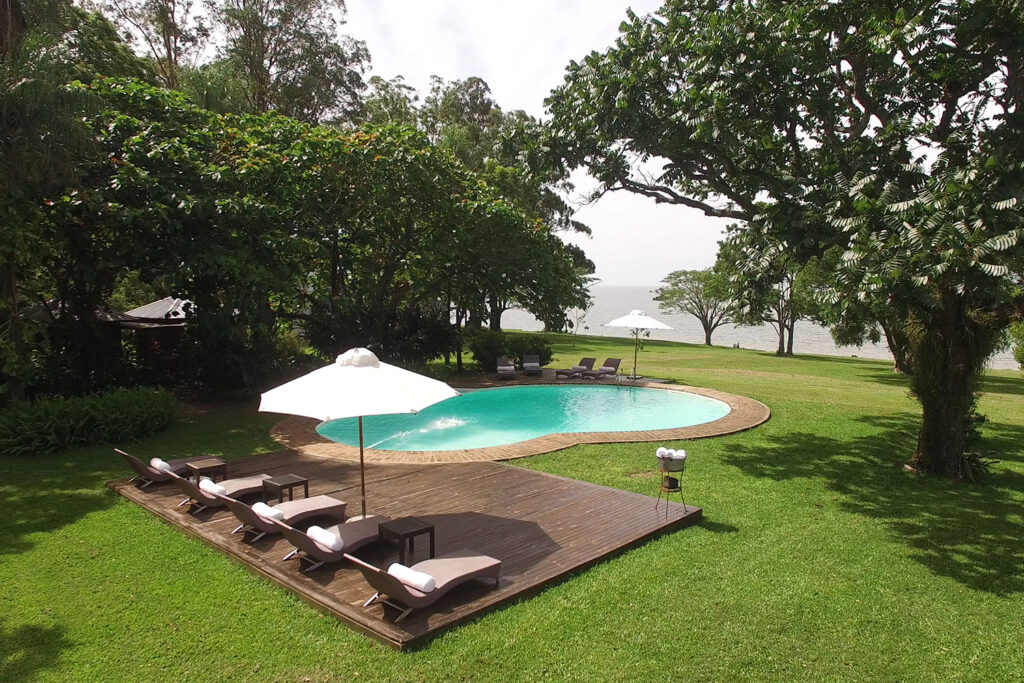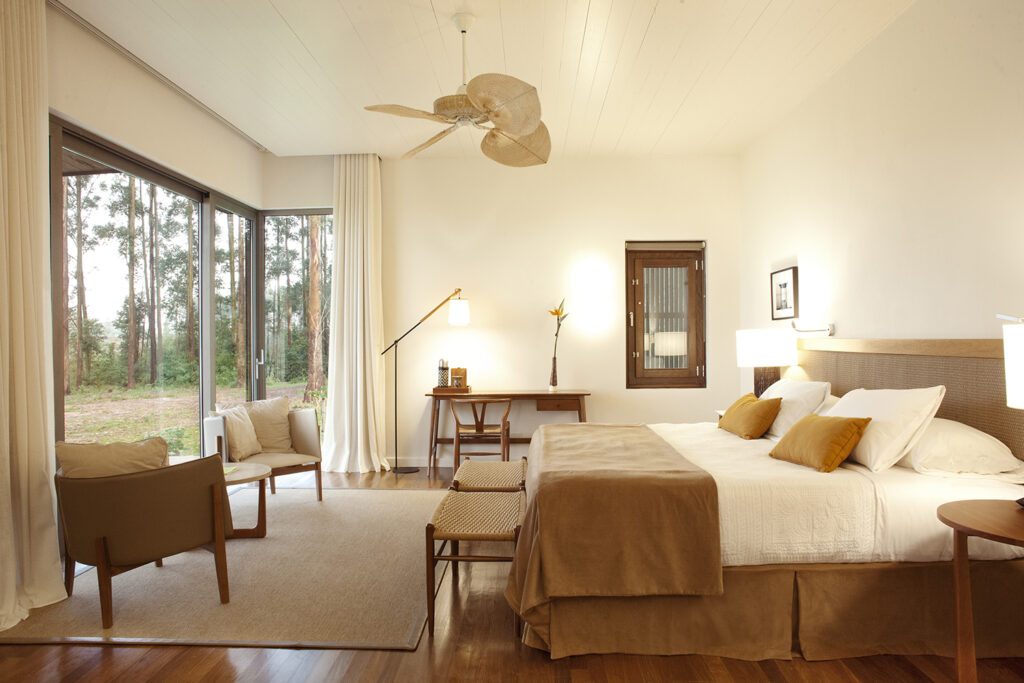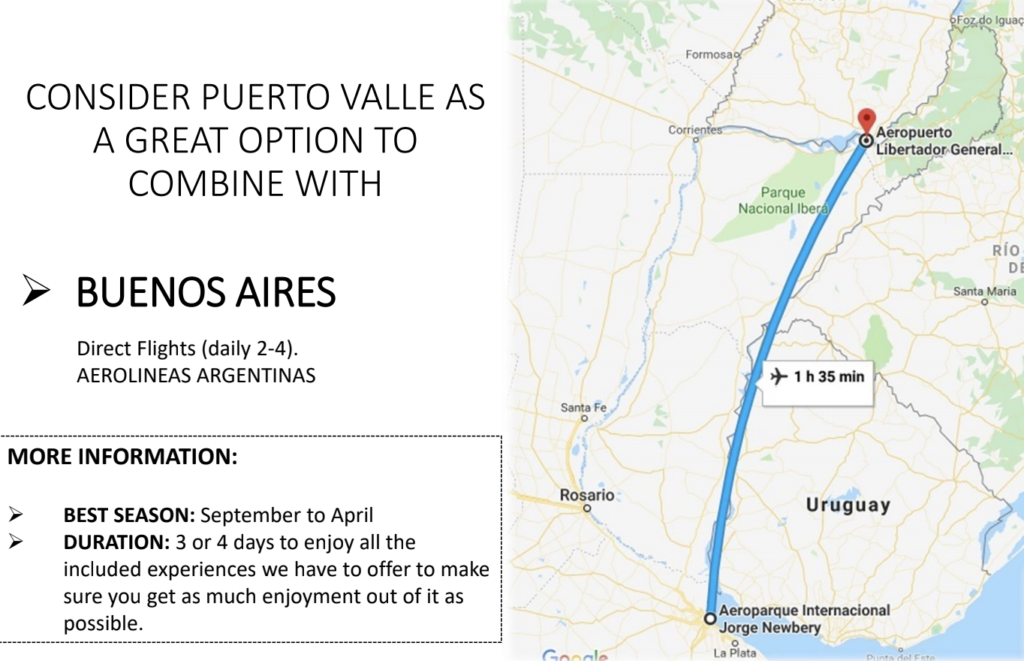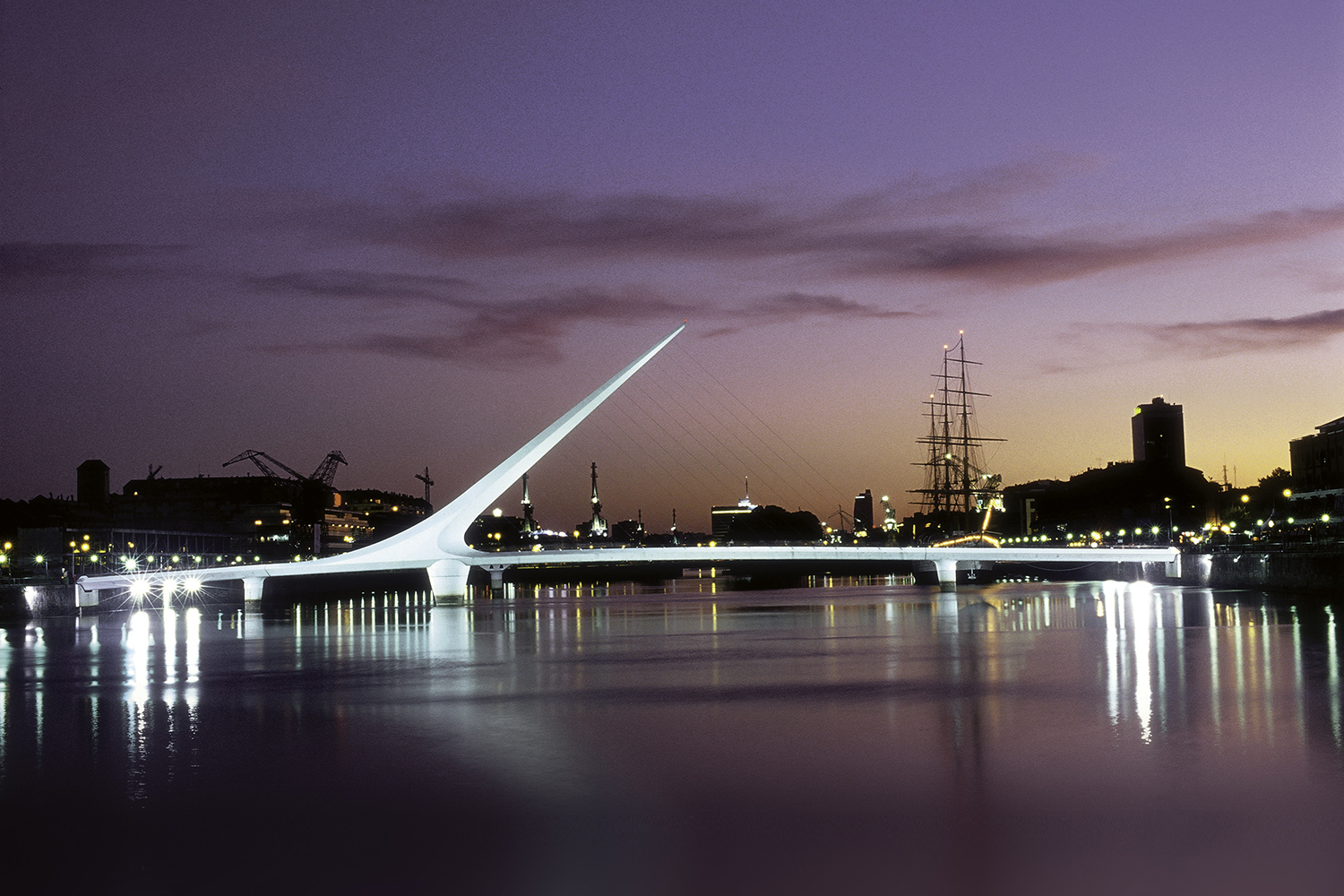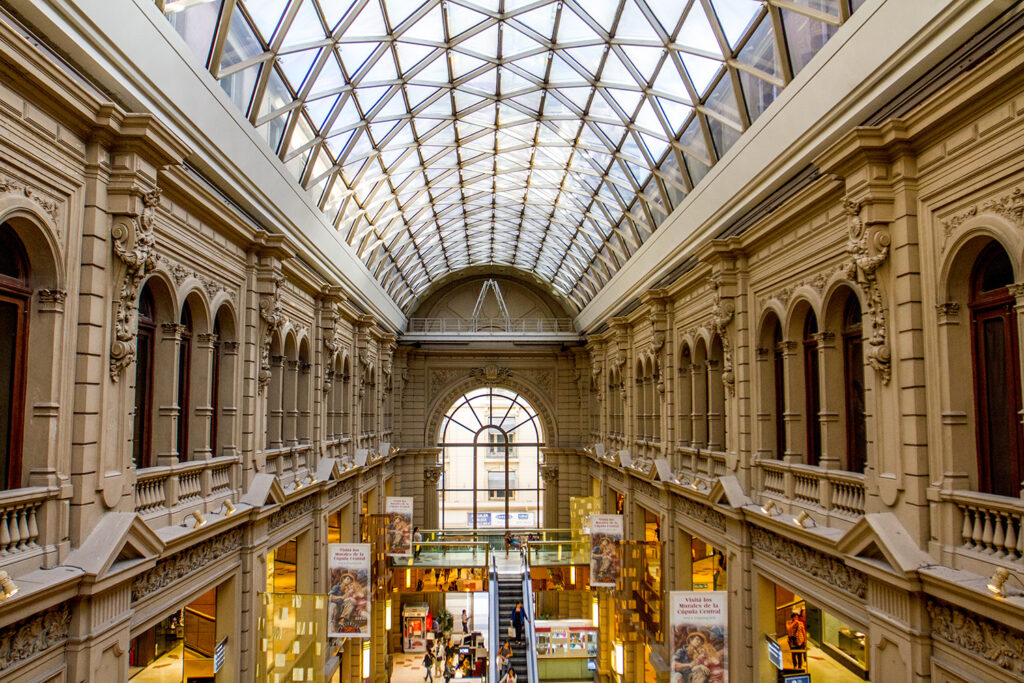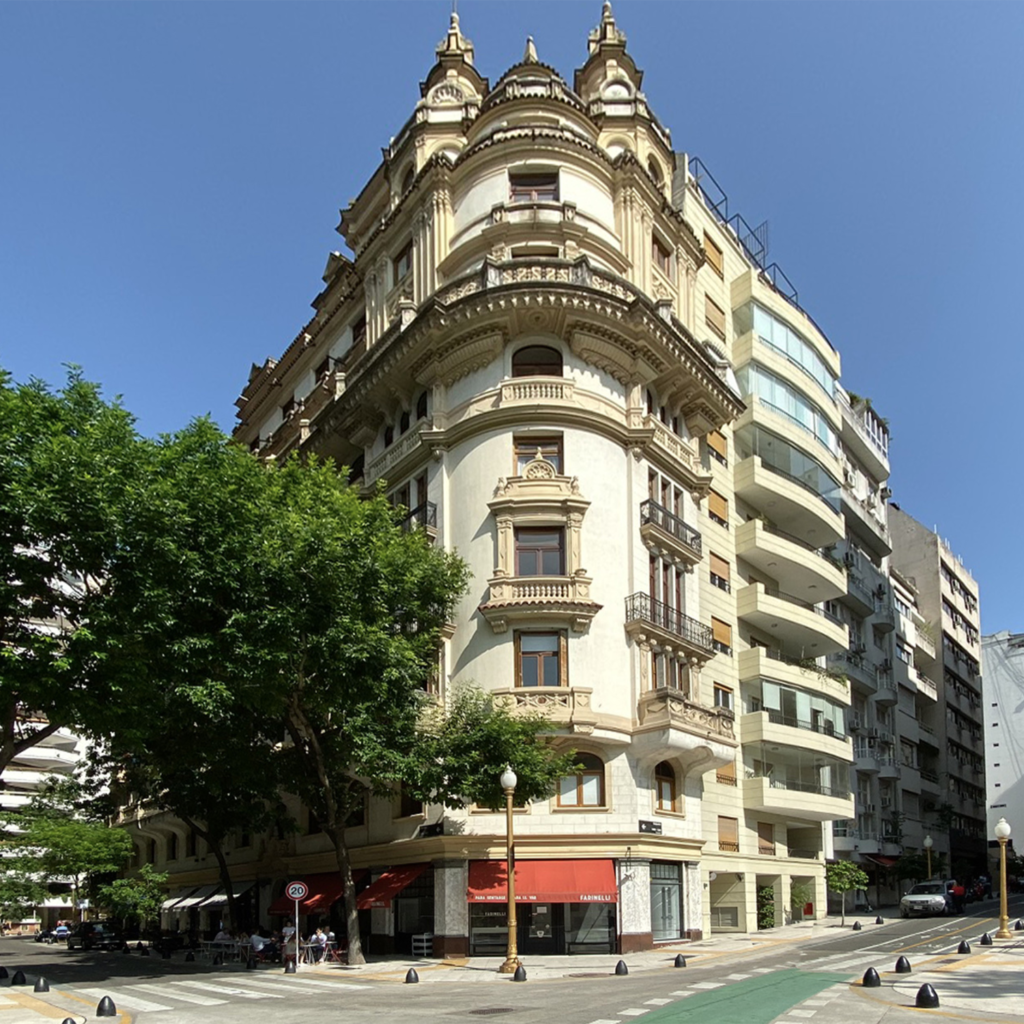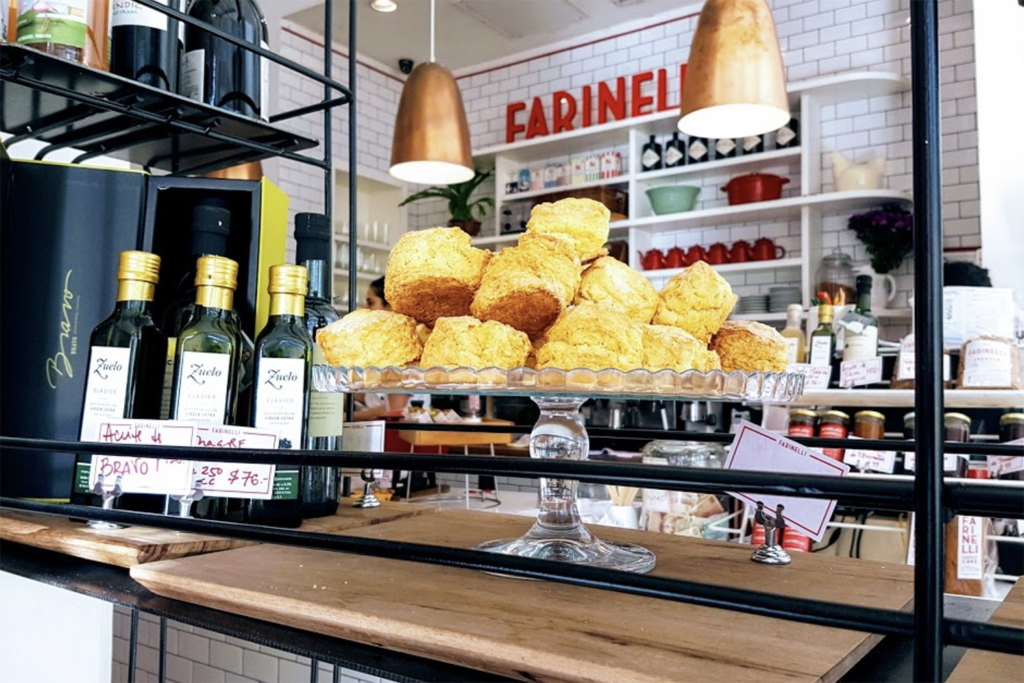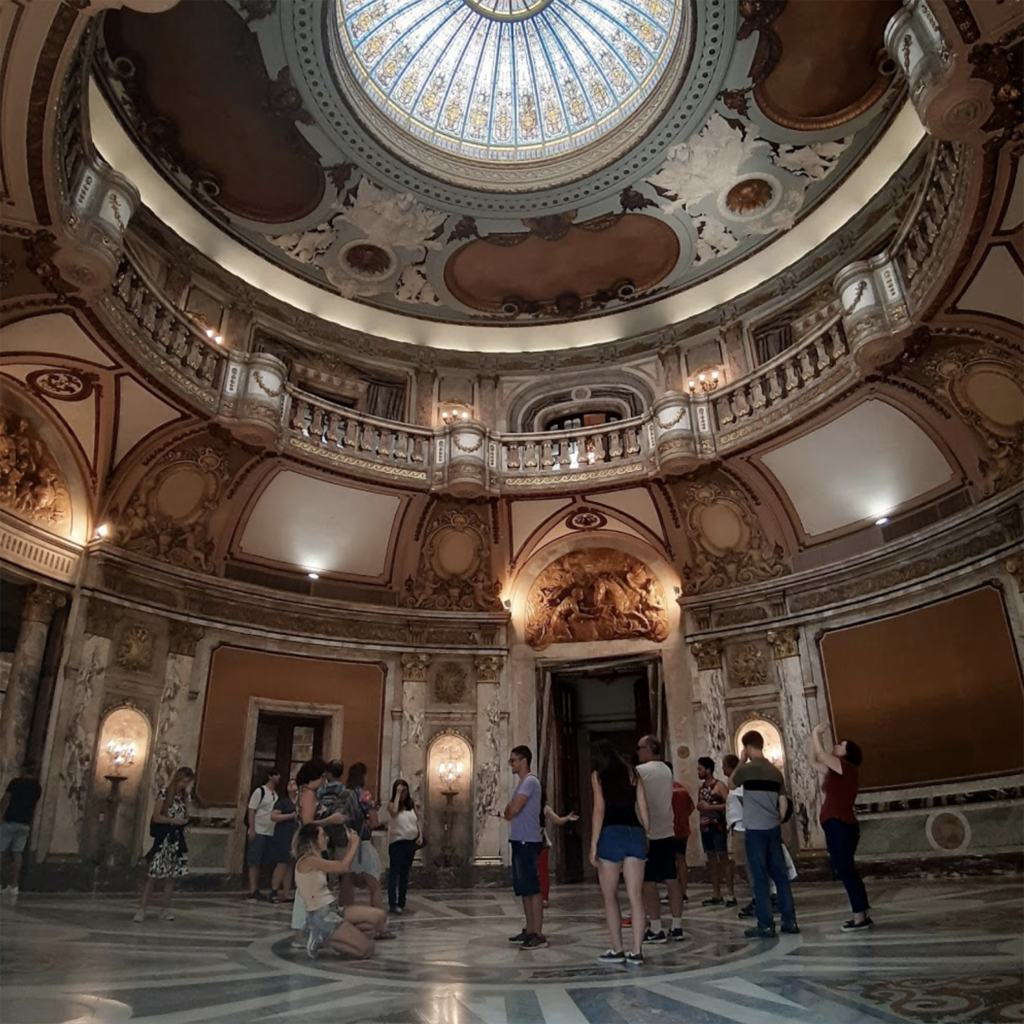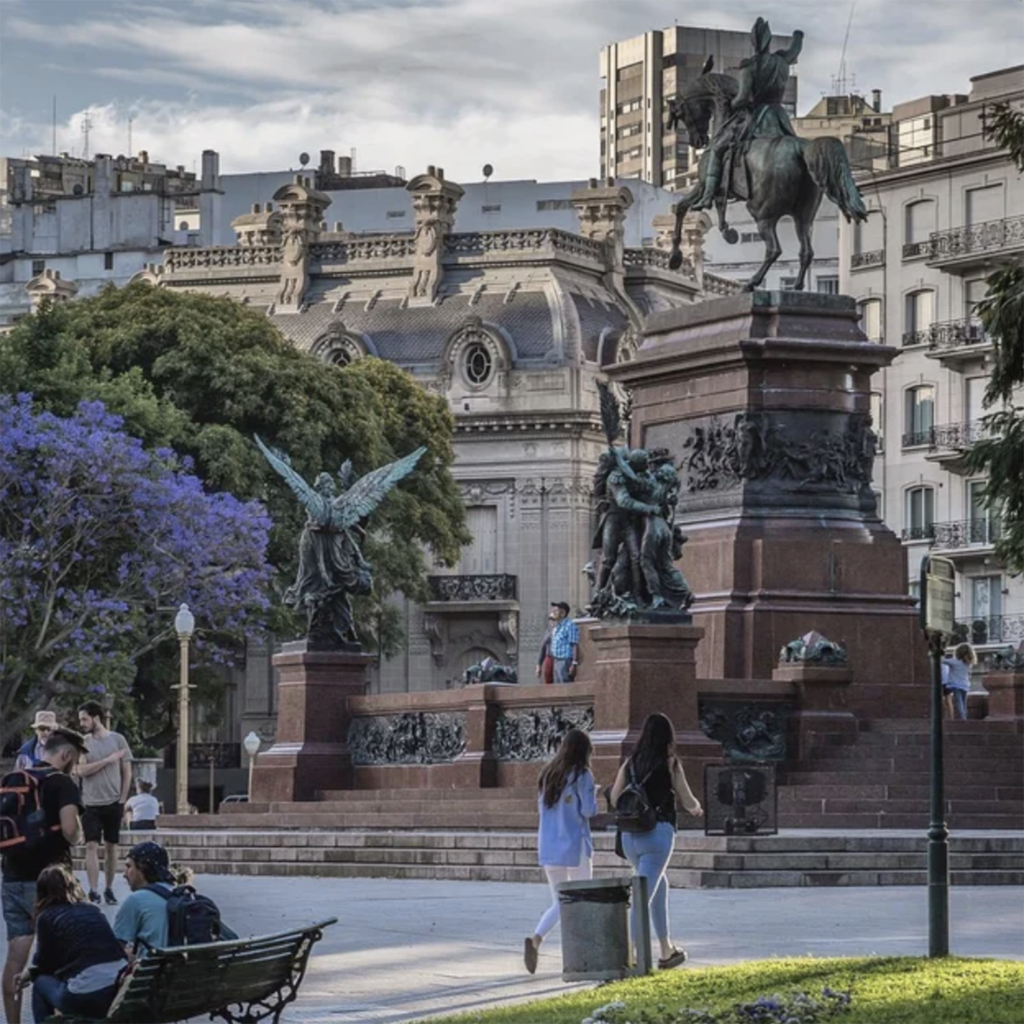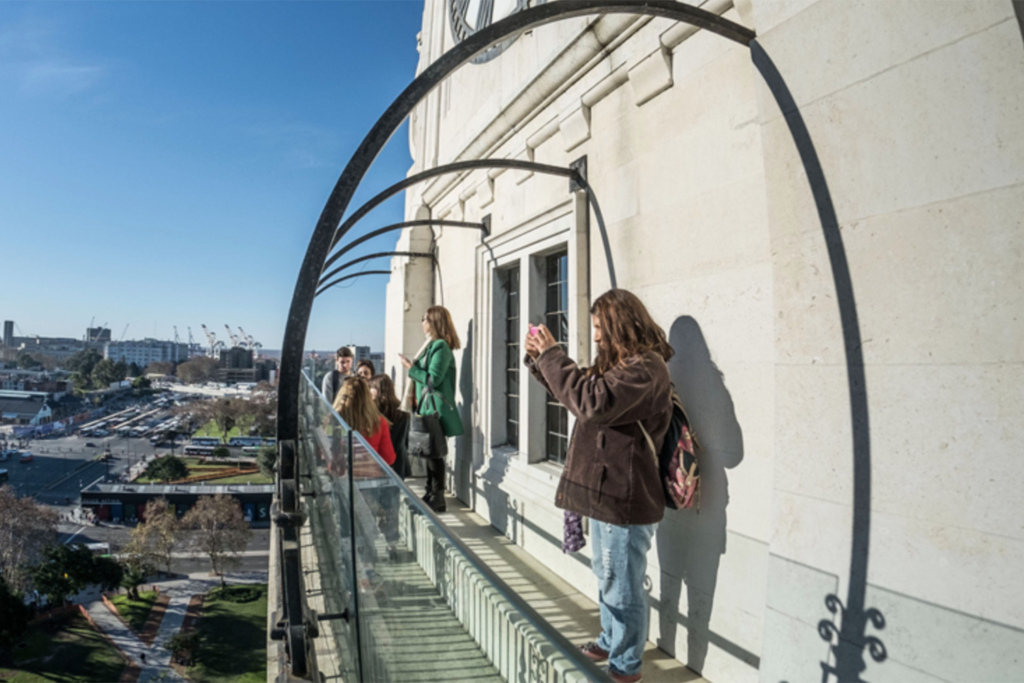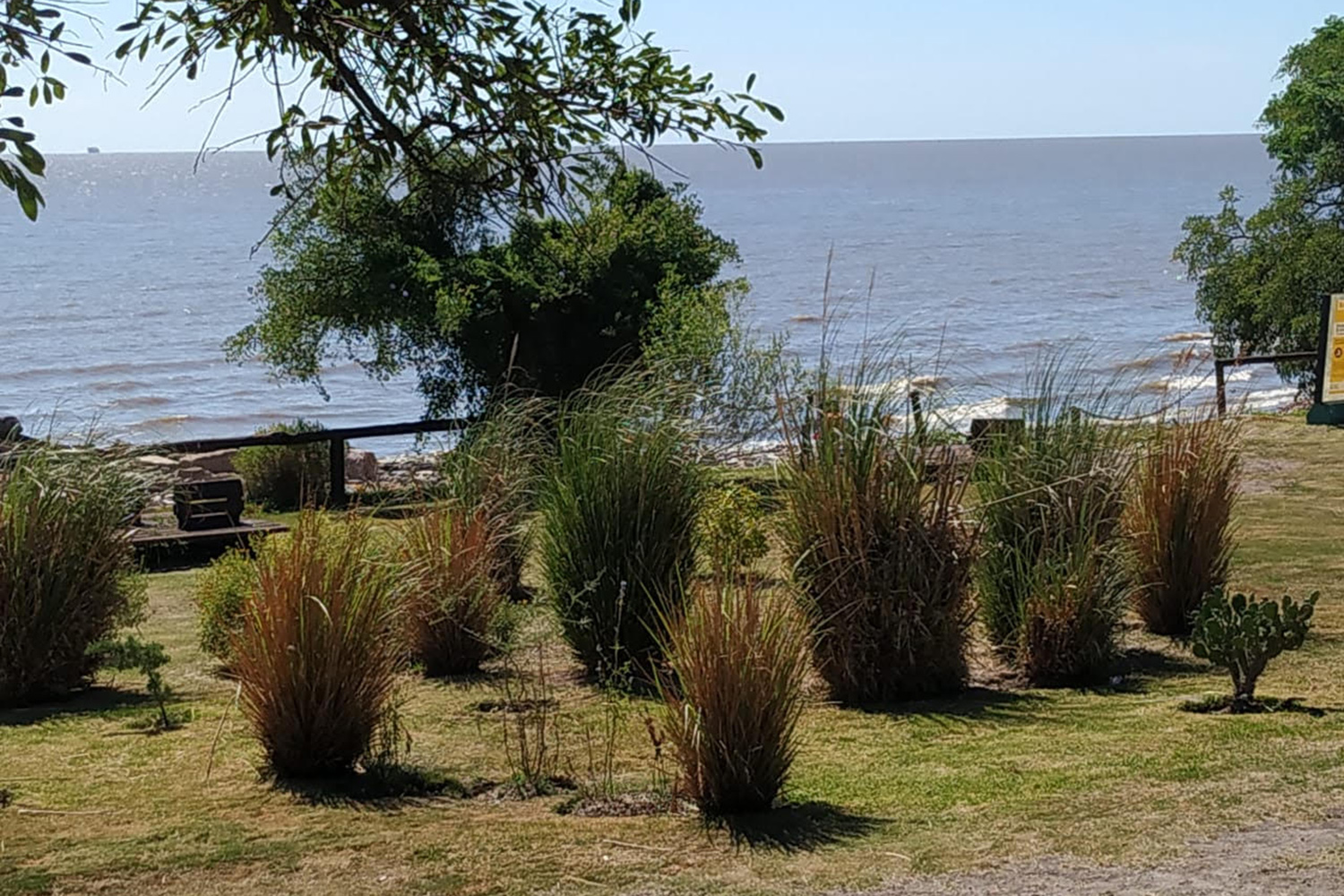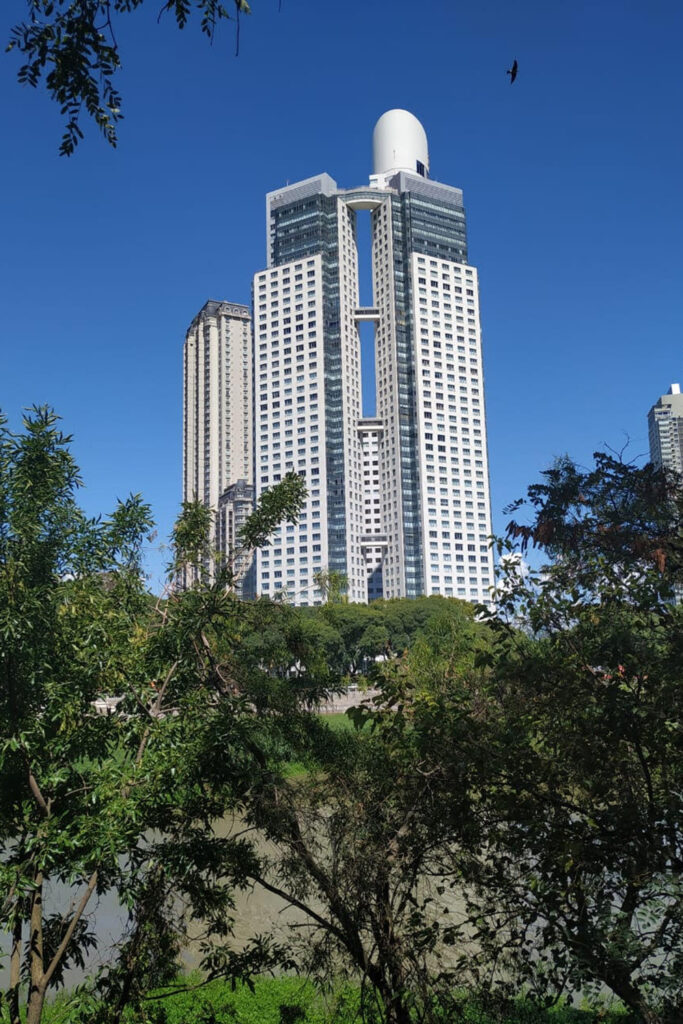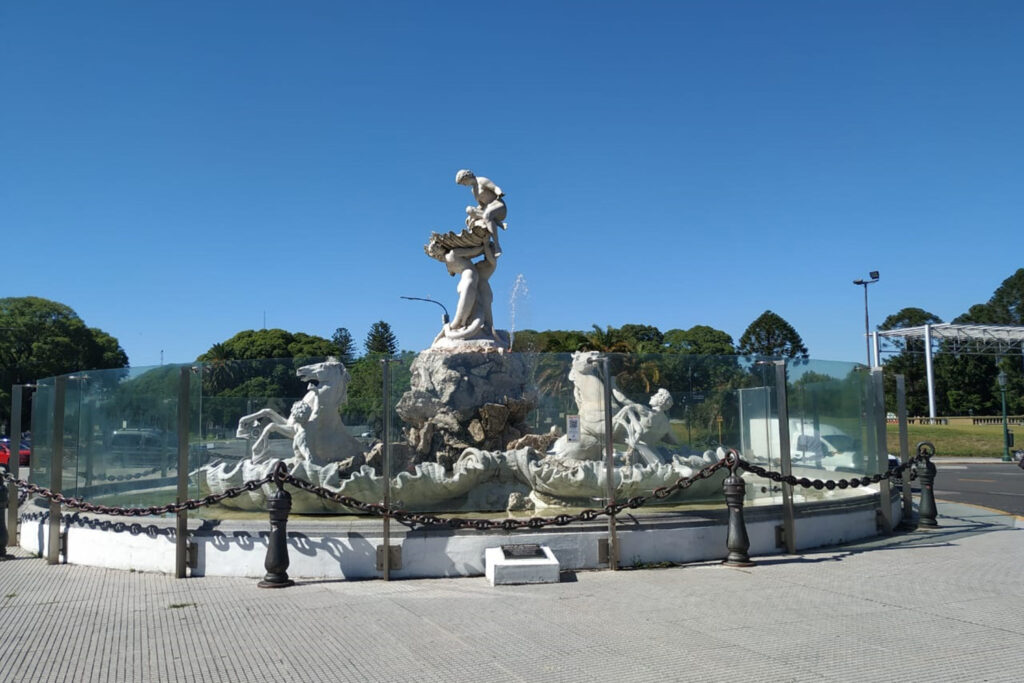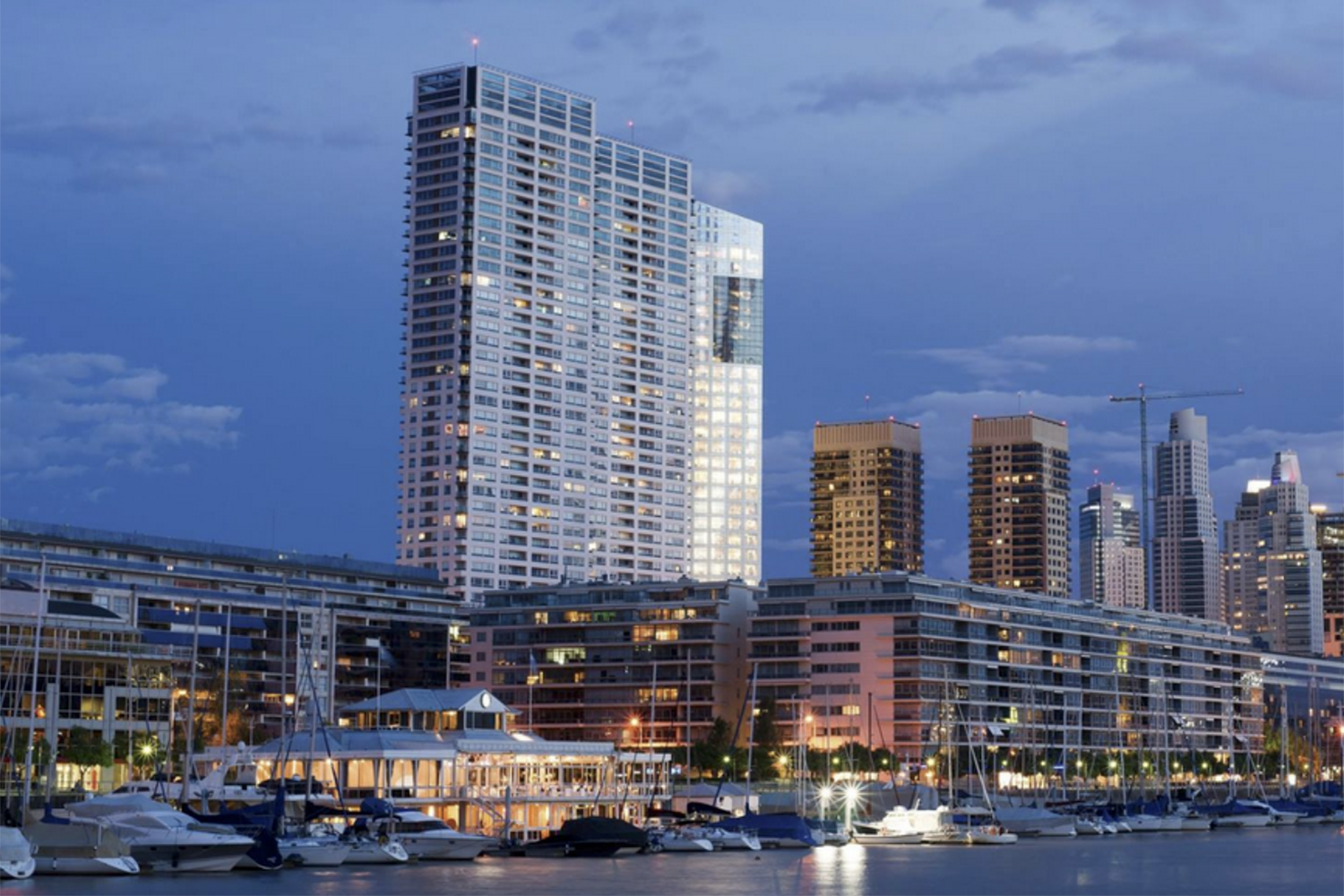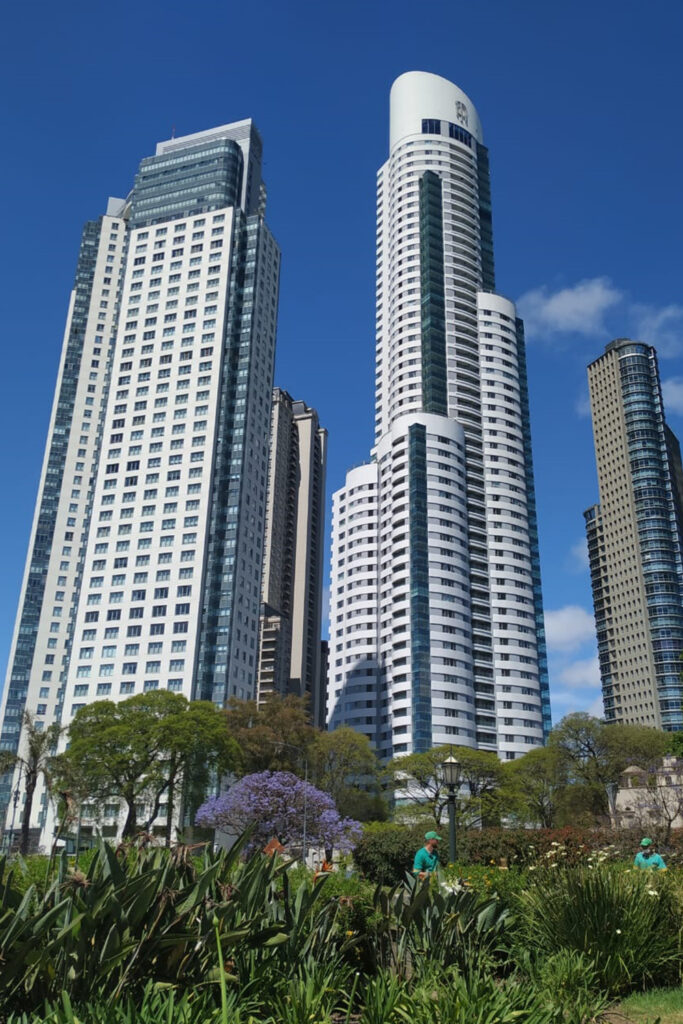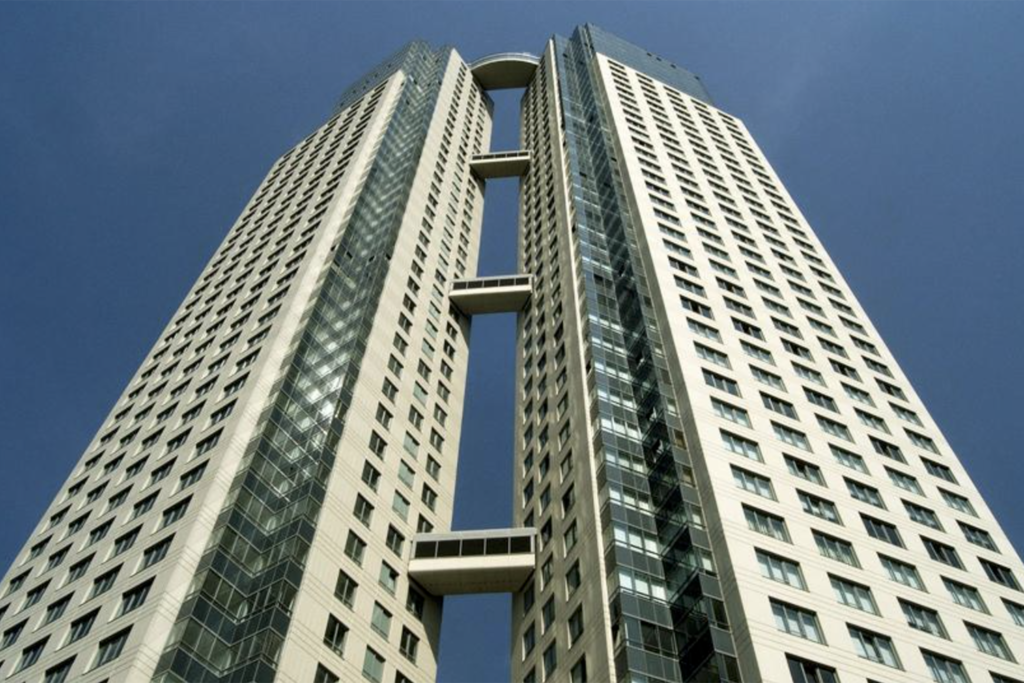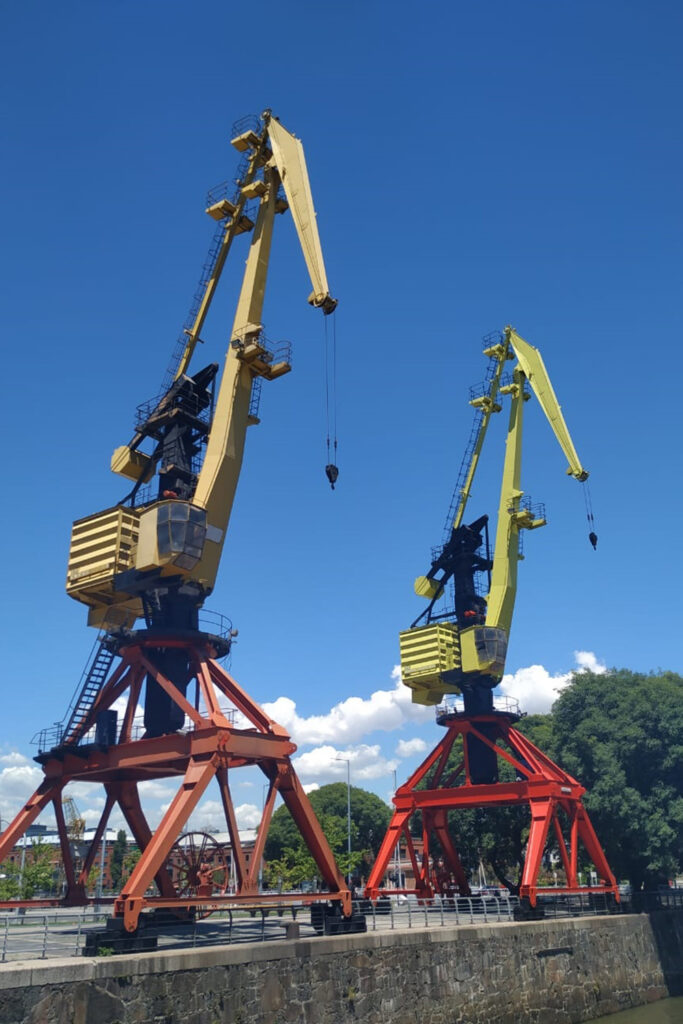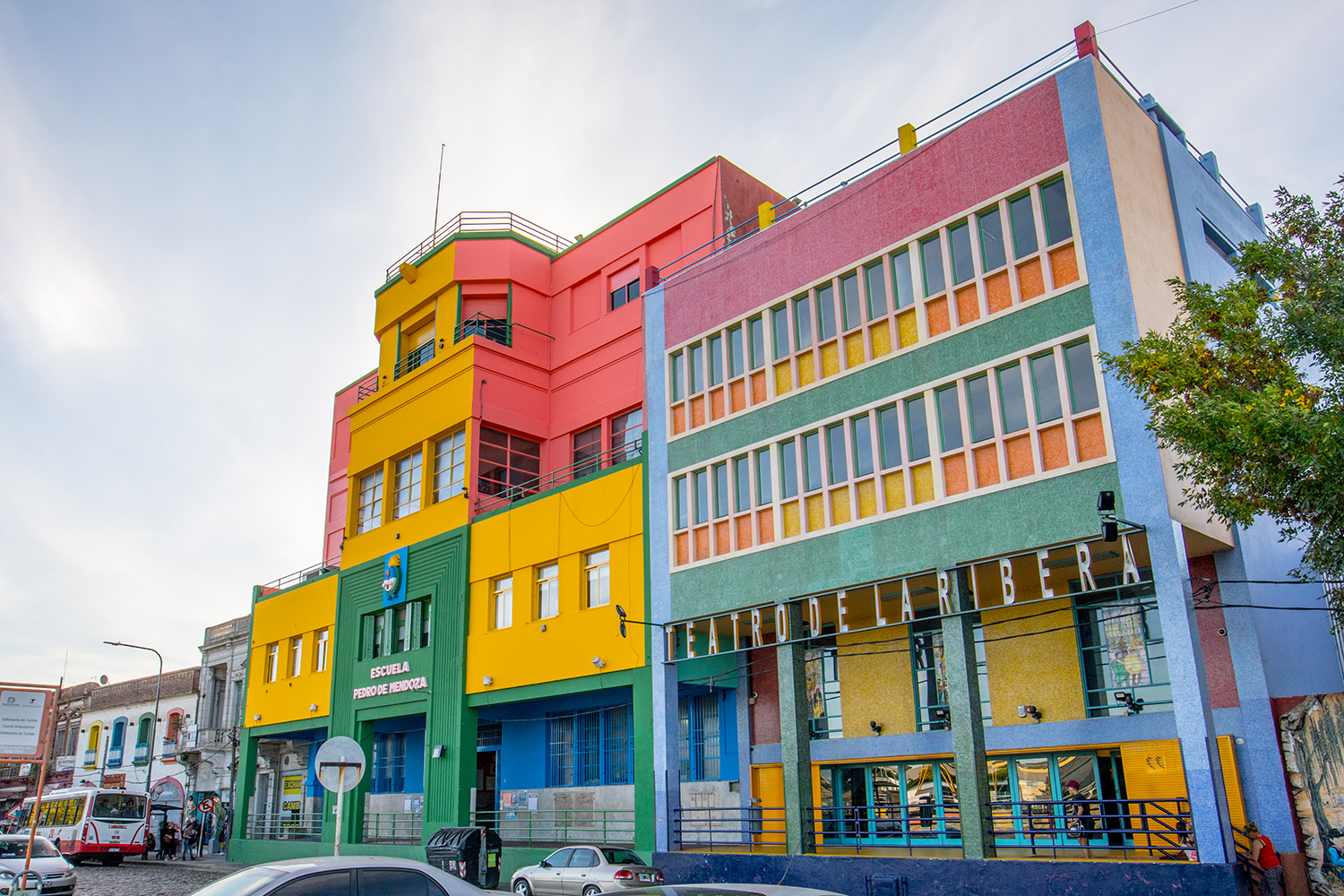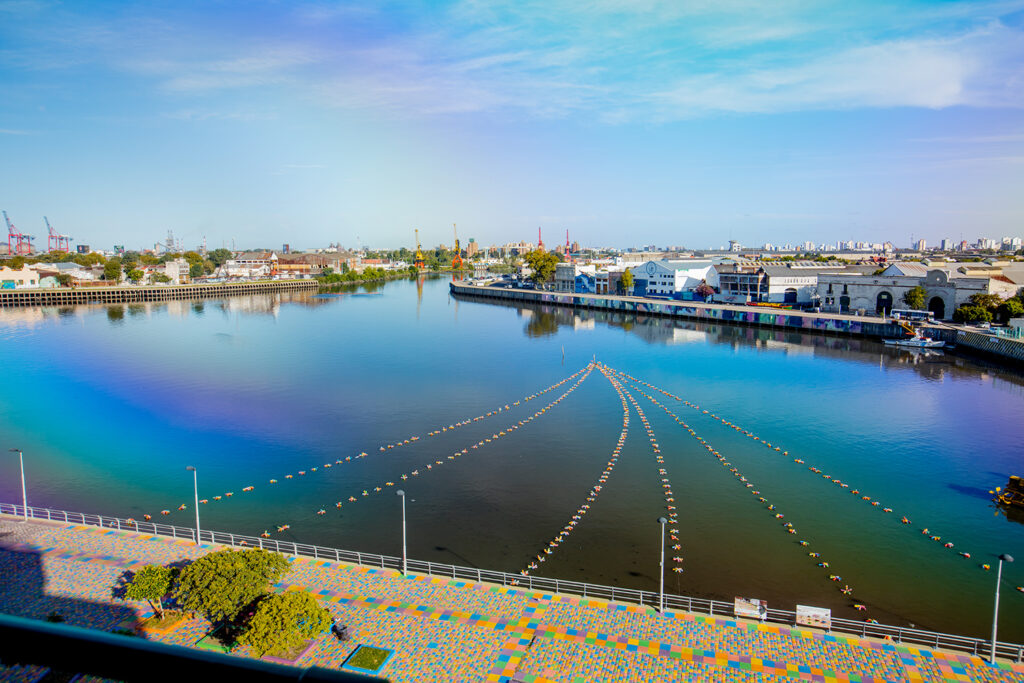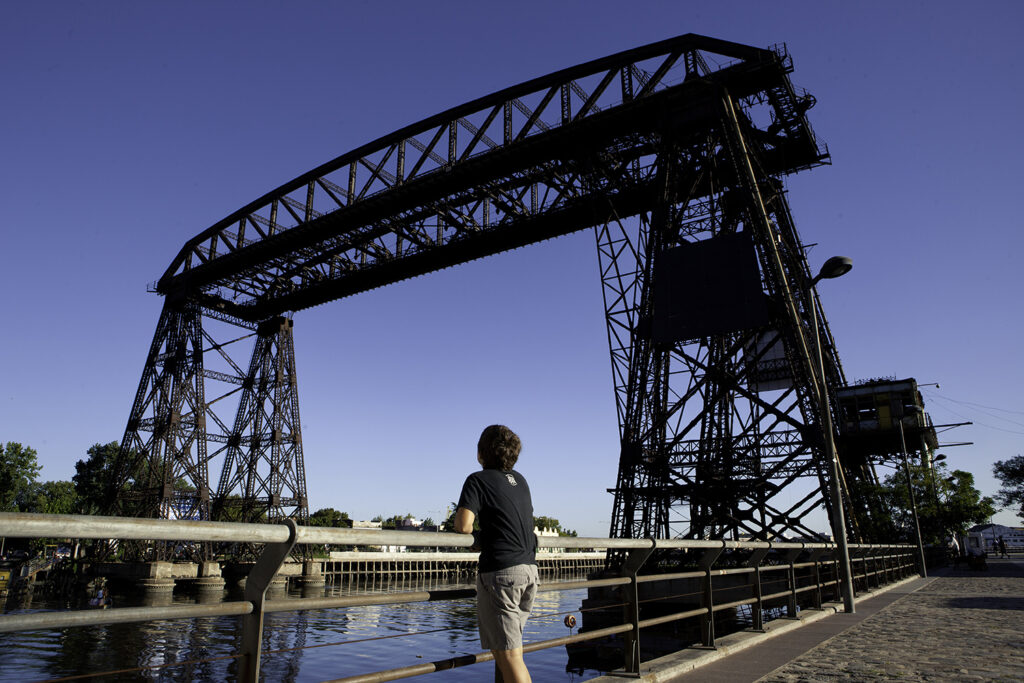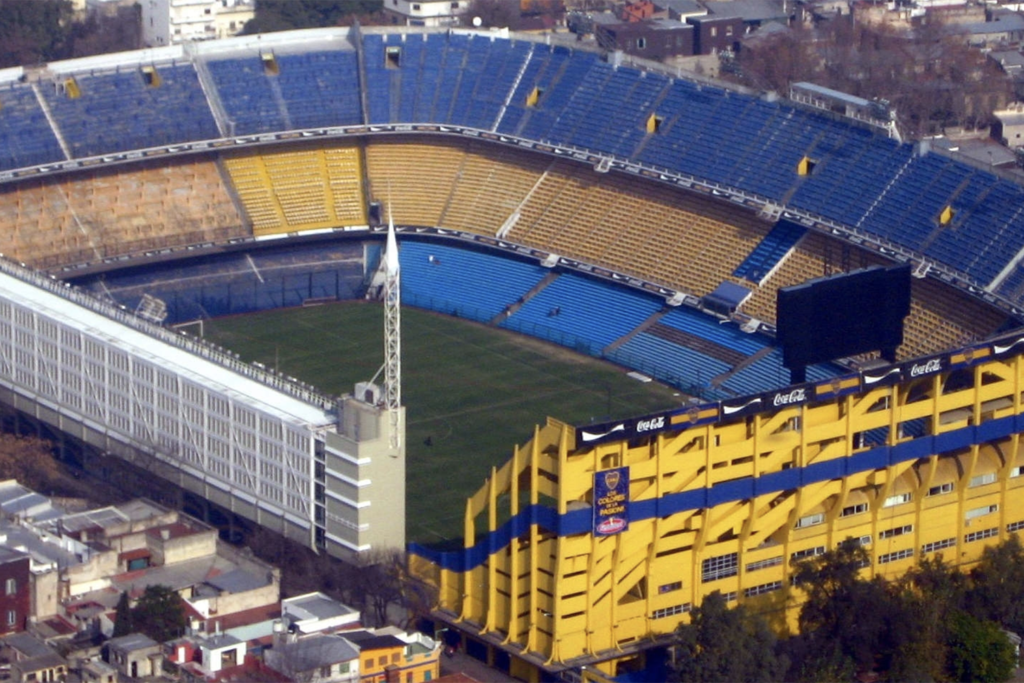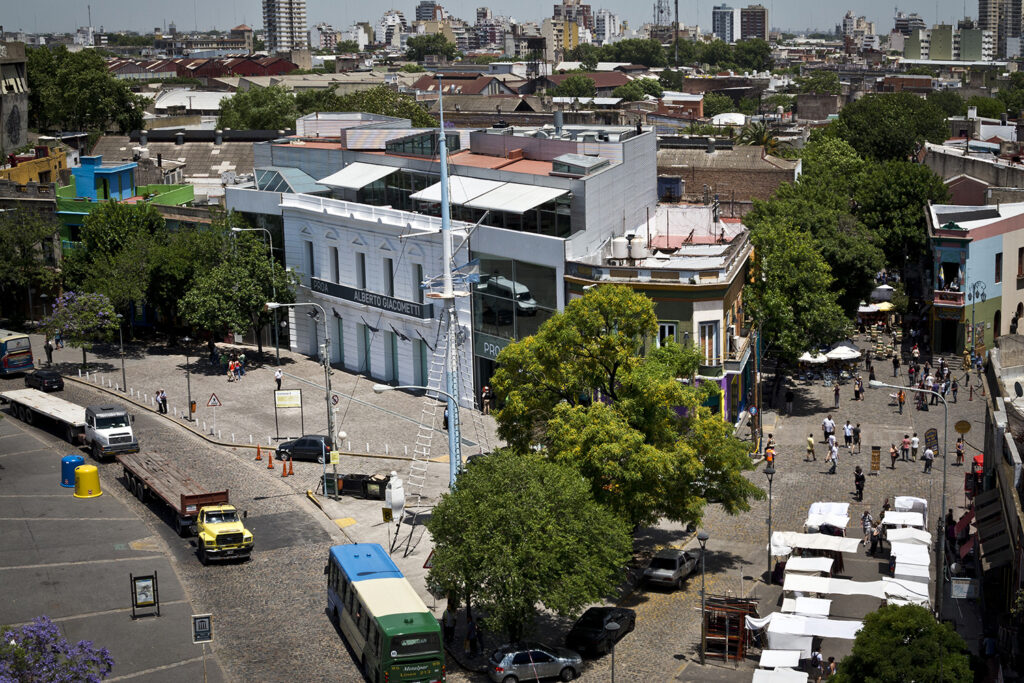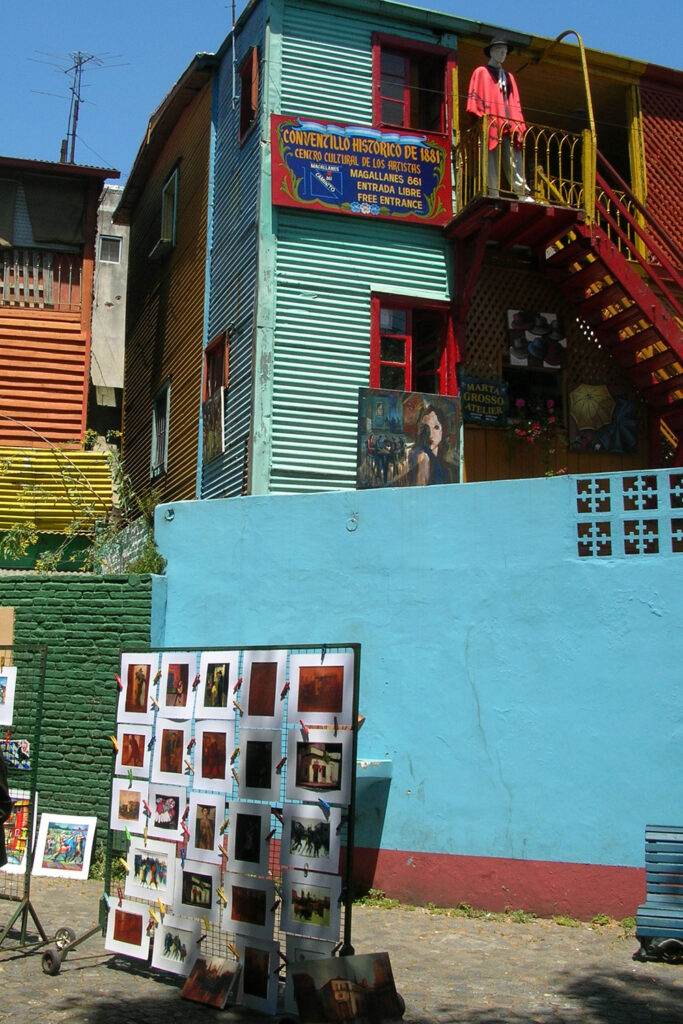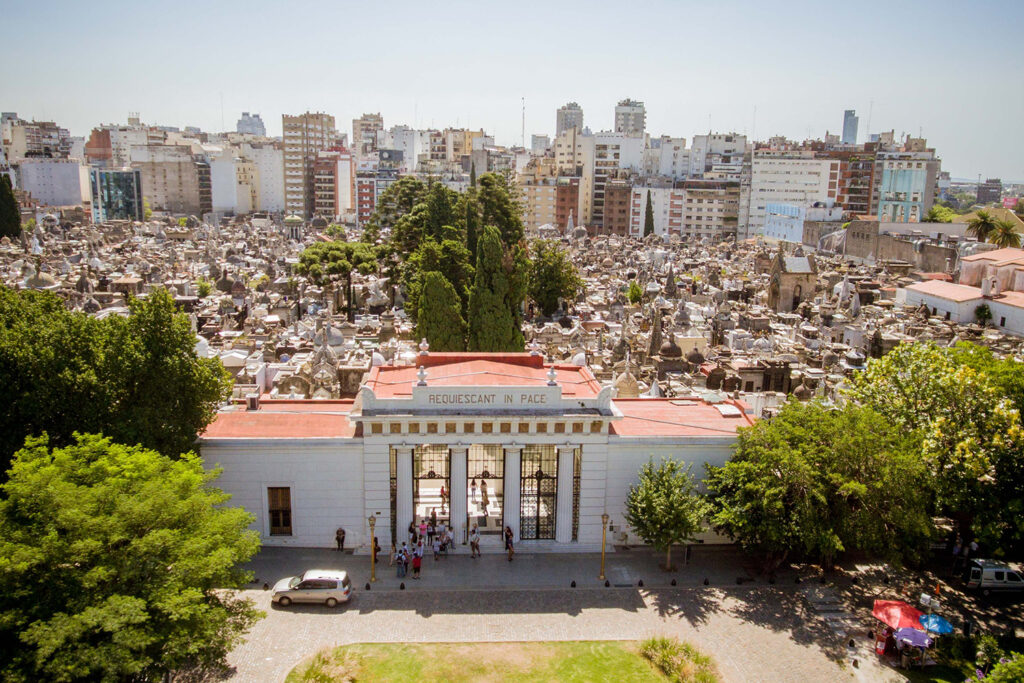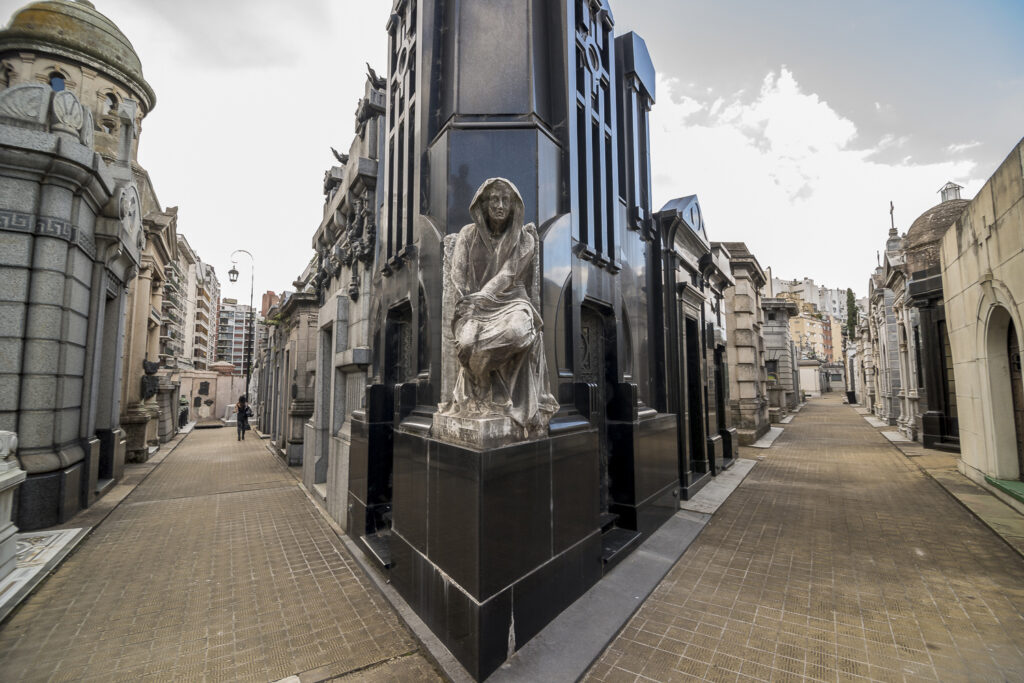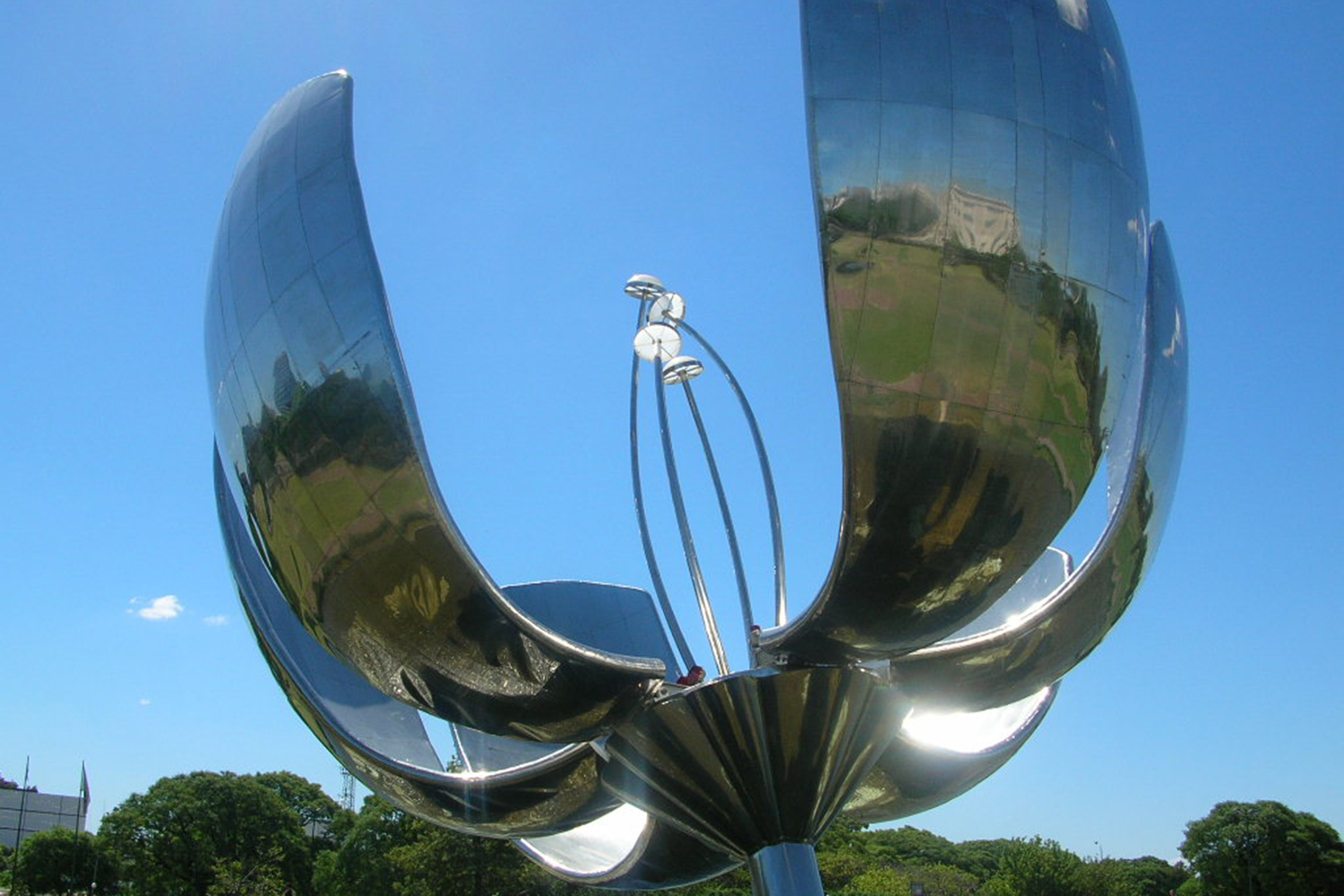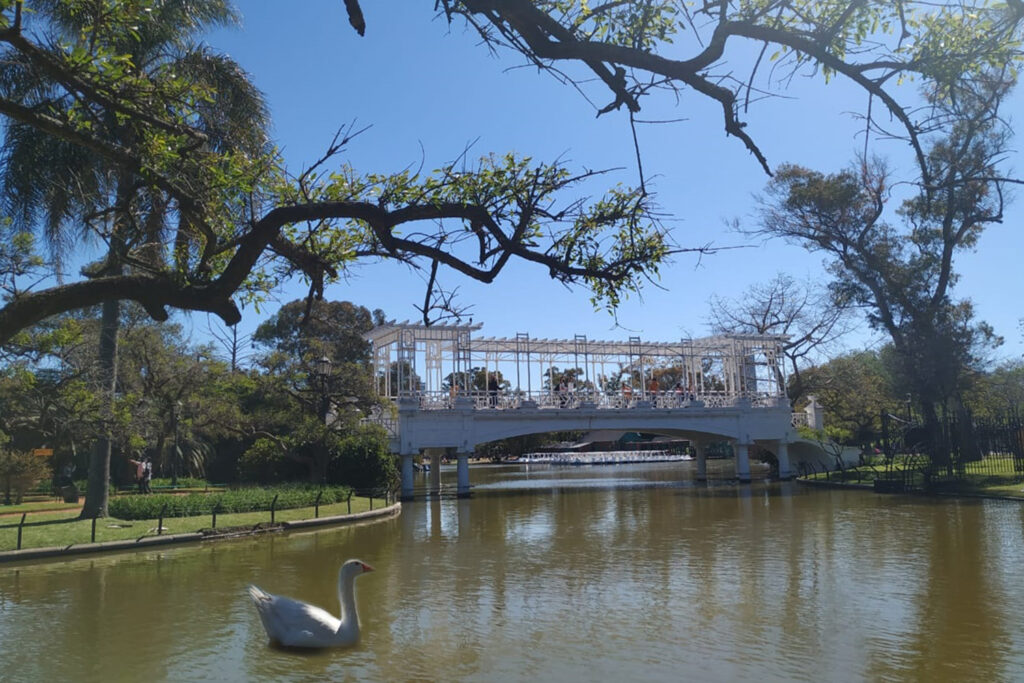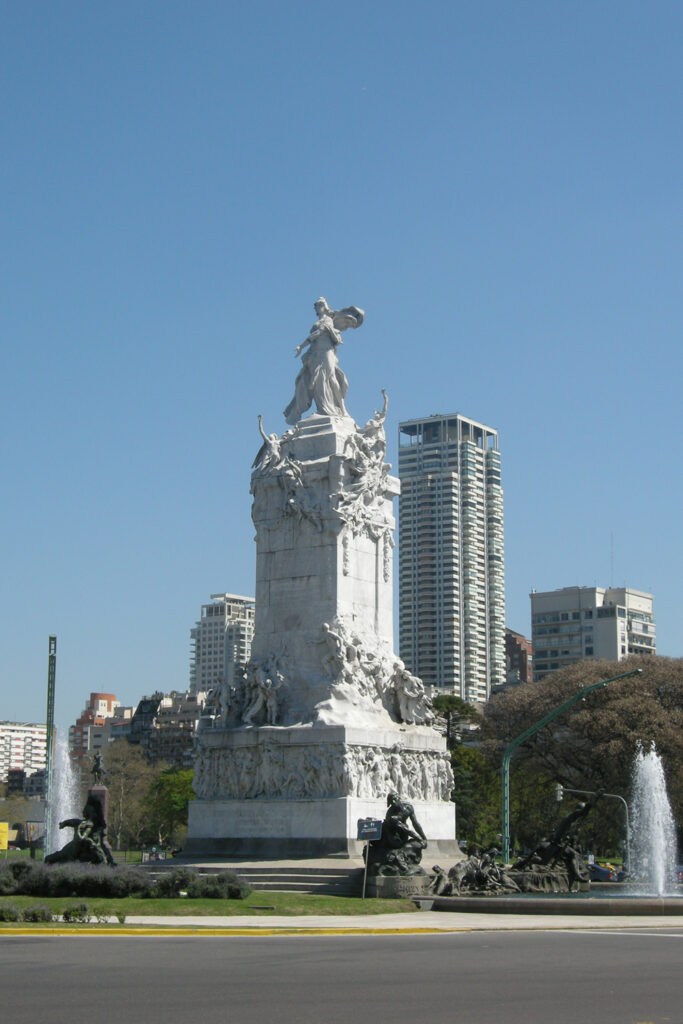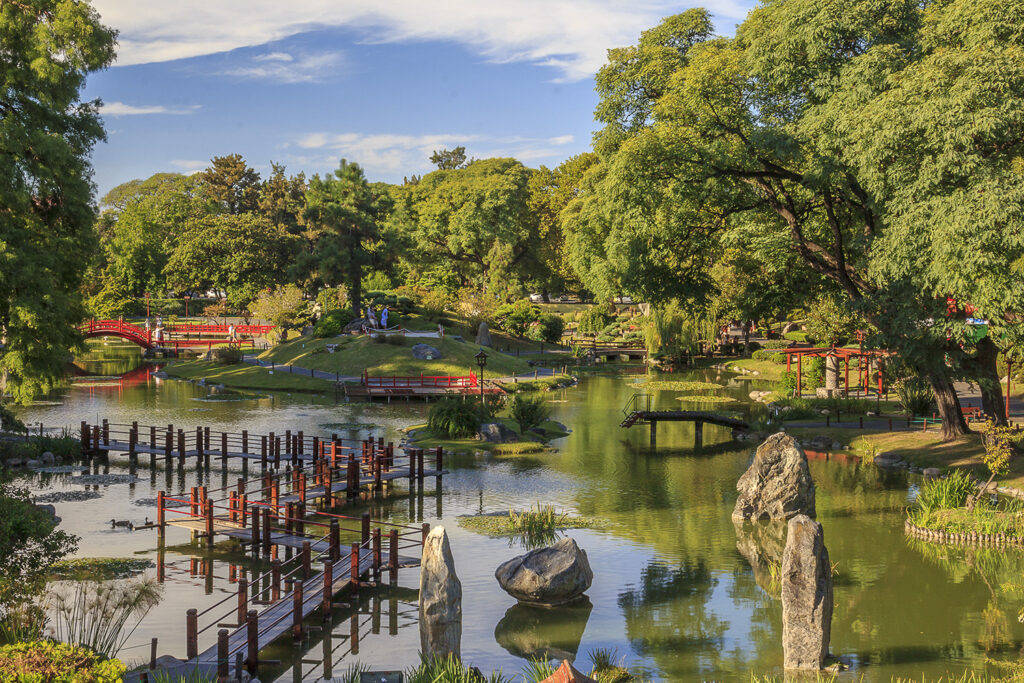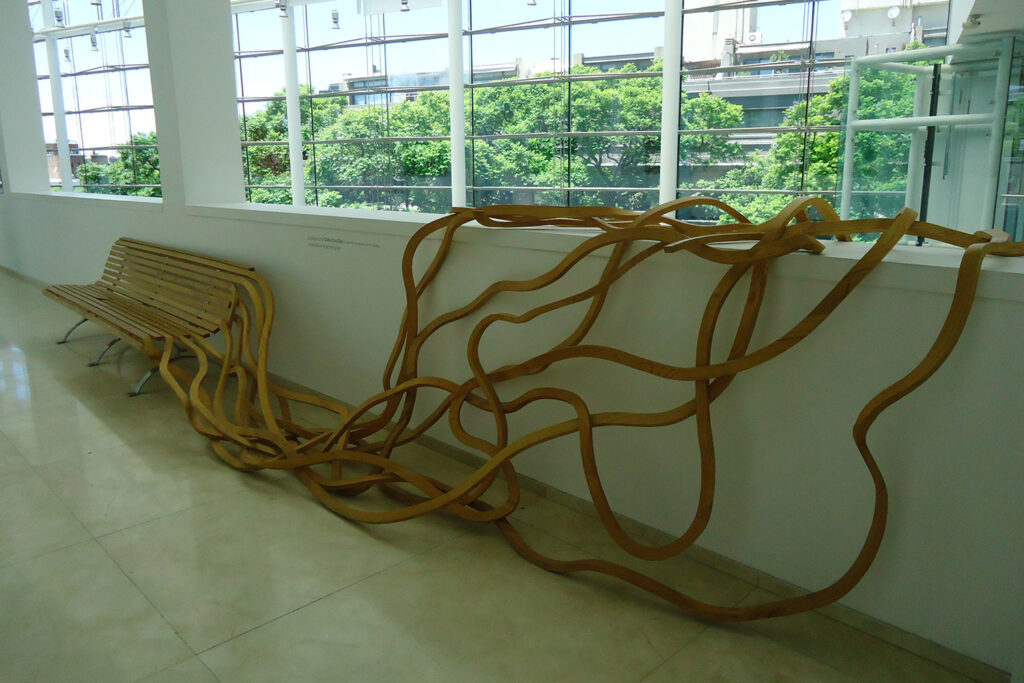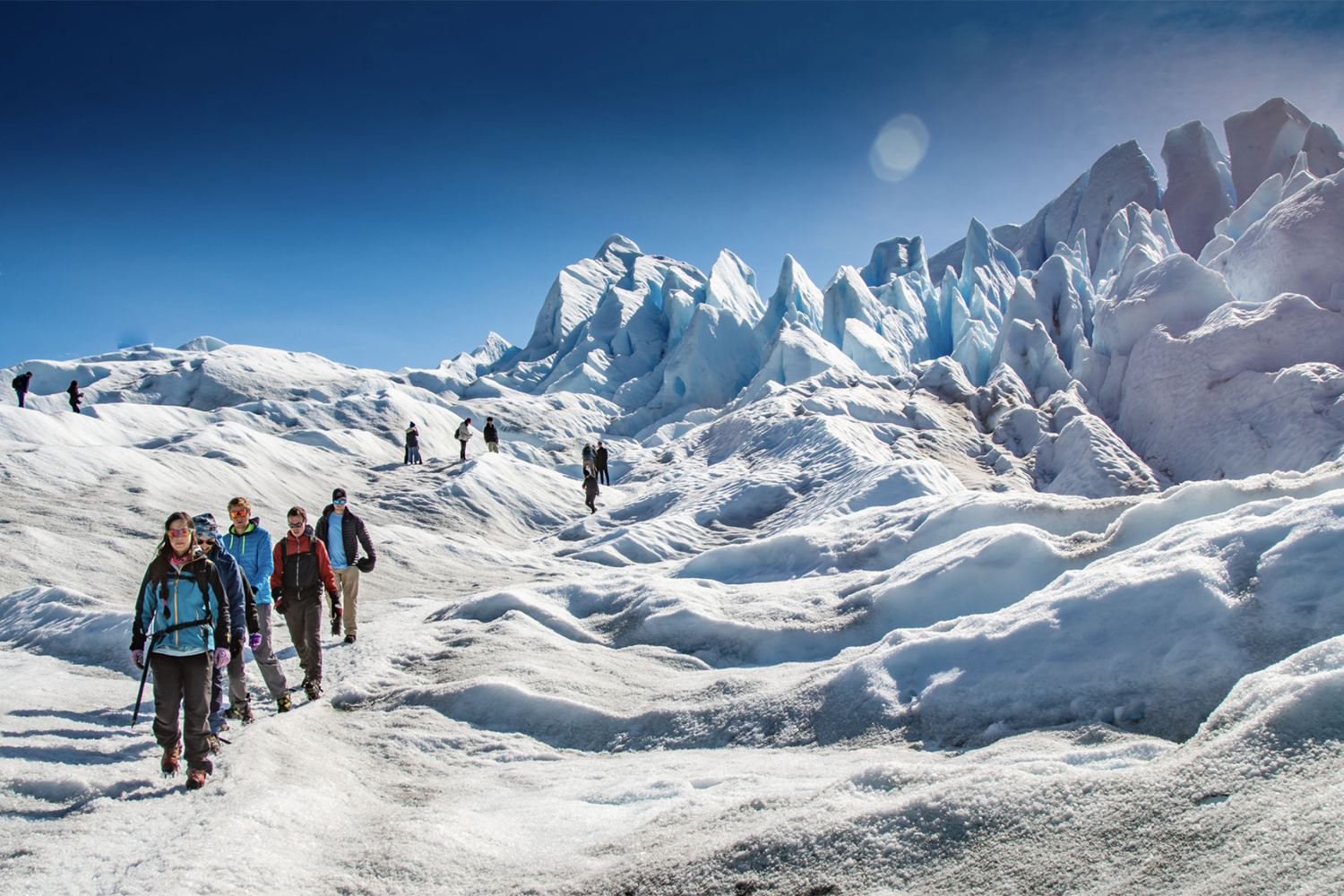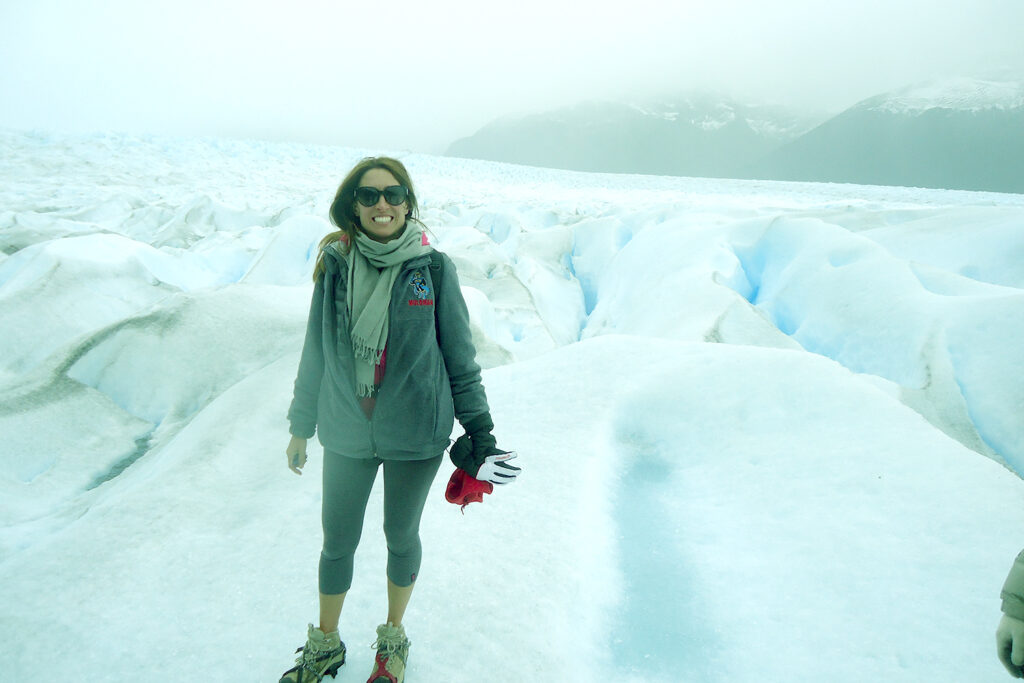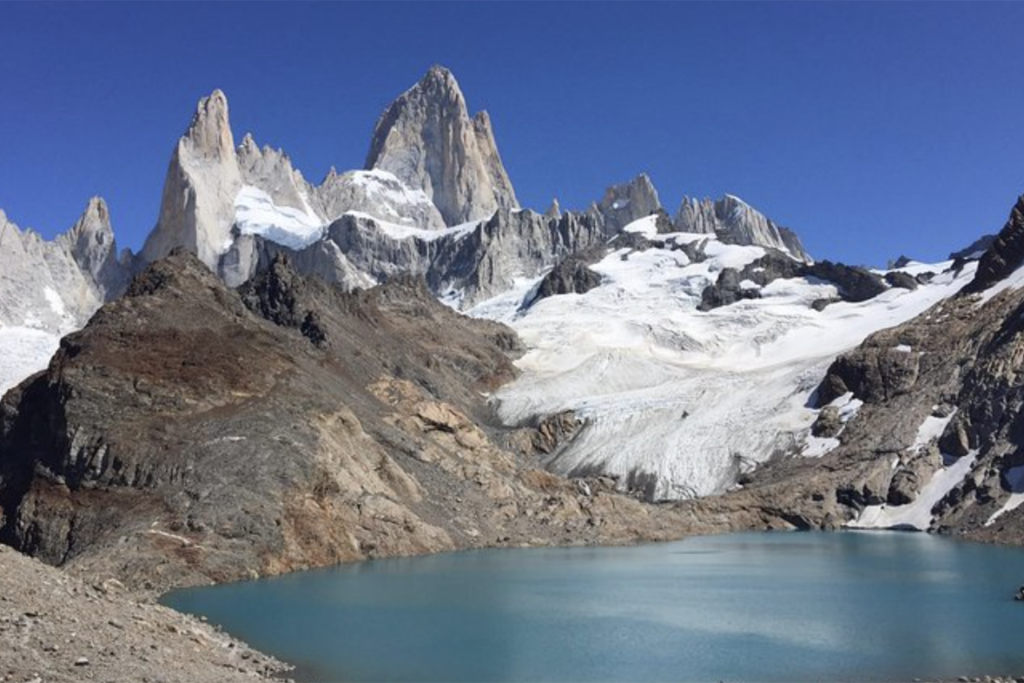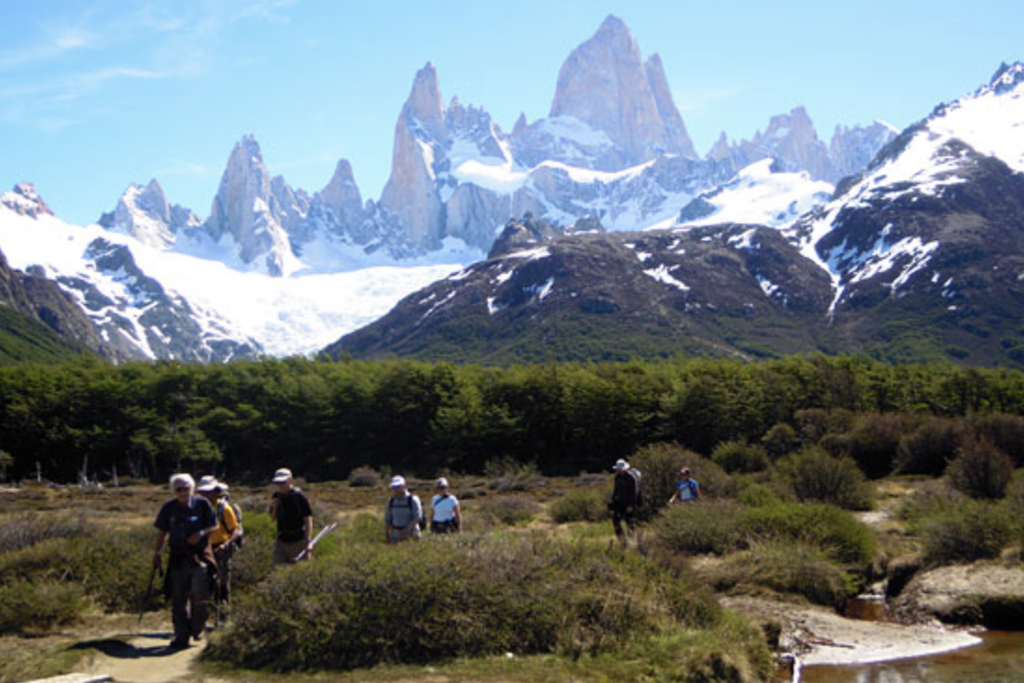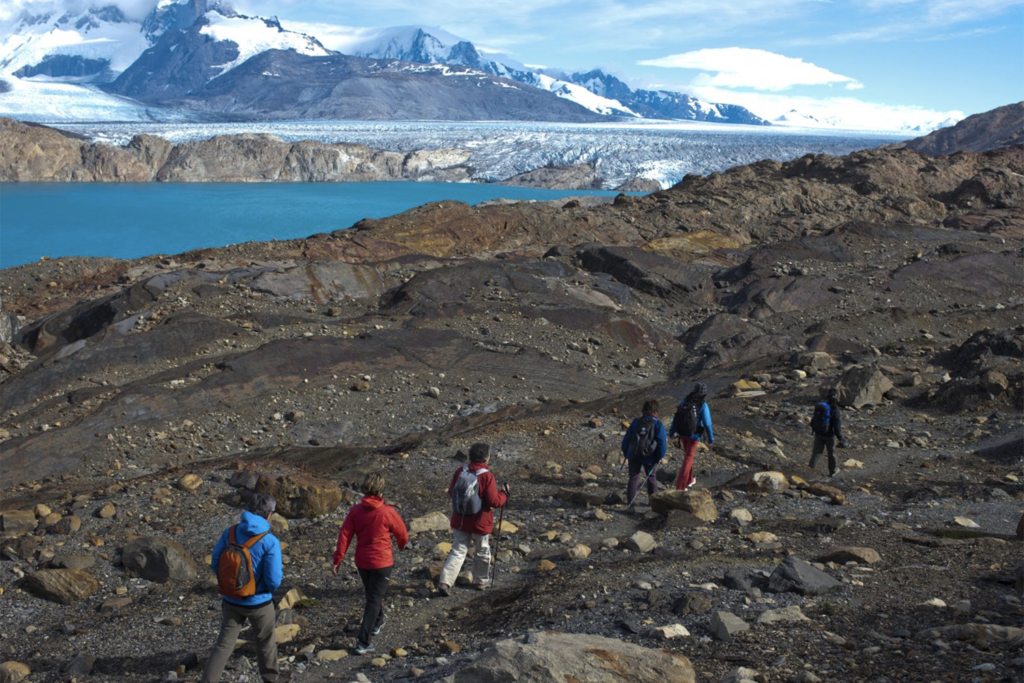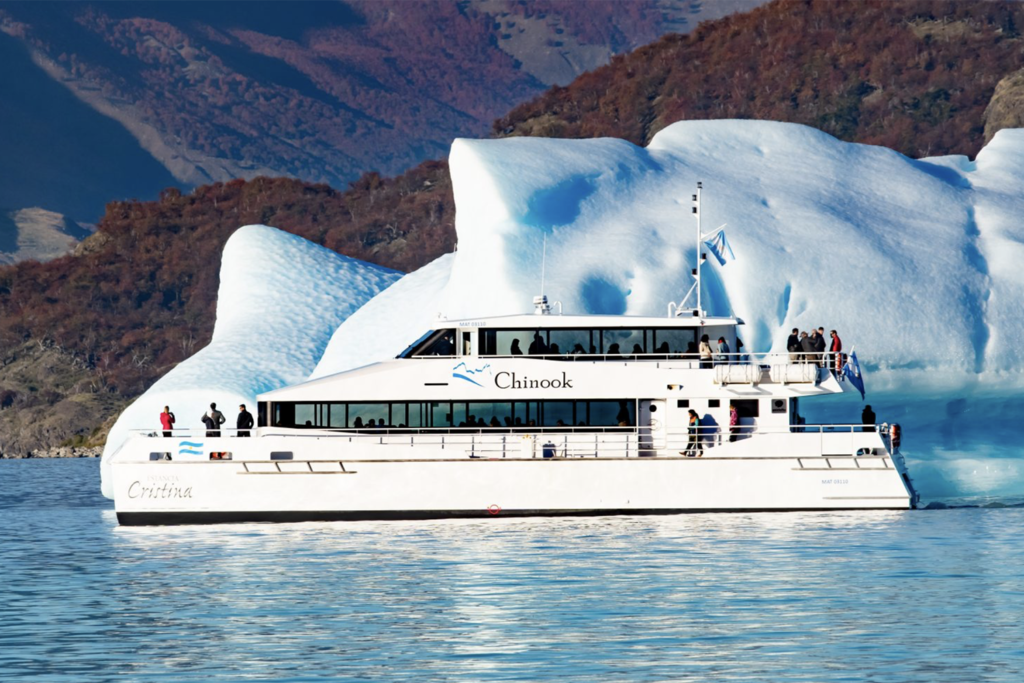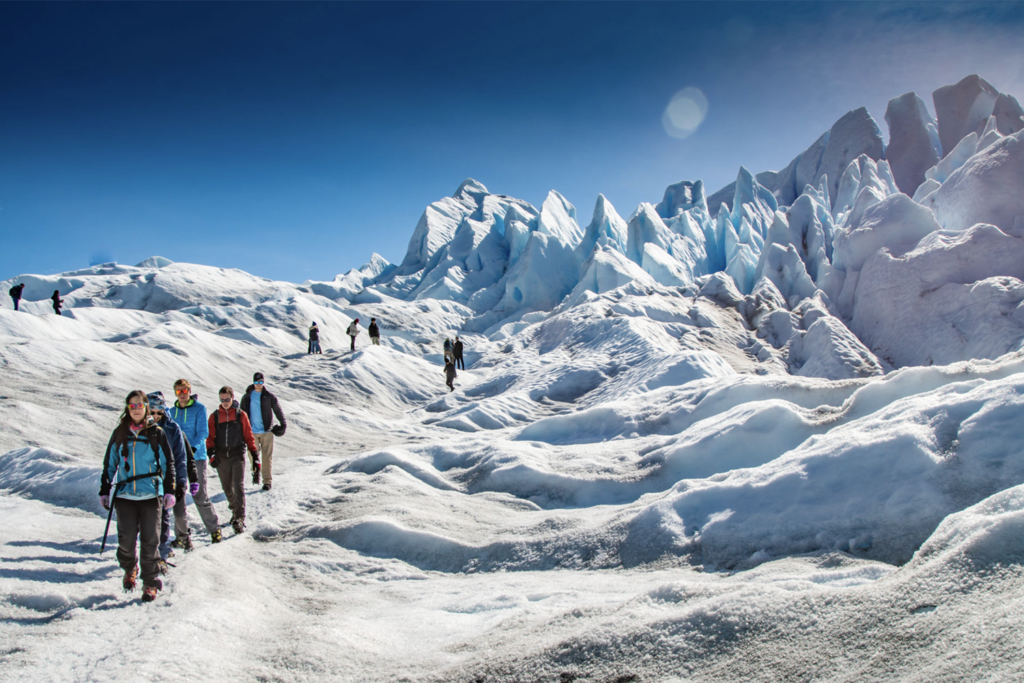Places to visit in Chile
With one of the most diverse landscapes on the planet, Chile has become an increasingly popular tourist destination in recent years, especially among nature lovers and adventure seekers. Here in this long and narrow nation on the west coast of South America, travelers will find a variety of impressive travel opportunities, from the high peaks of the Andes and endless beaches to lush temperate forests, ancient volcanoes and a spectacular coastline such as that. found at Cape Horn.
Chile also has magnificent national parks and conservation areas, which are ideal destinations for those who love hiking and trekking, as well as those who enjoy adventurous activities such as climbing, rafting, biking. mountain and horseback riding. .
To make sure you see the best points of interest in this incredible South American country, be sure to read our list of the best things to do in Chile.
Torres del Paine National Park
In this moment, Torres del Paine National park is an extremely popular destination. Located more than 62 miles north of the city of Puerto Natales in southern Patagonia, this area of incredible beauty encompasses mountains, glaciers and countless lakes and rivers.
The most important region of the park is the Cordillera del Paine, an area that marks the transition from the Patagonian steppe to the northern subpolar forests. Perhaps most notable of its many wonderful features are the 9,350 feet-high granite peaks of the Macizo Paine, which dominate this already impressive landscape.
Hiking is one of the most popular activities in the park, with numerous well-marked trails, many of which offer overnight shelters with the basics needed for longer walks around the mountains. If you are planning more than just a day of hiking, professional guides are recommended and in some areas are a must.
One of the best guided treks of the park is the five-day W Trek, one of the best treks in Patagonia. This 45-mile route includes some of Patagonia's main landmarks, including the massive Gray Glacier and the Paine Grande Mountains.
